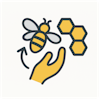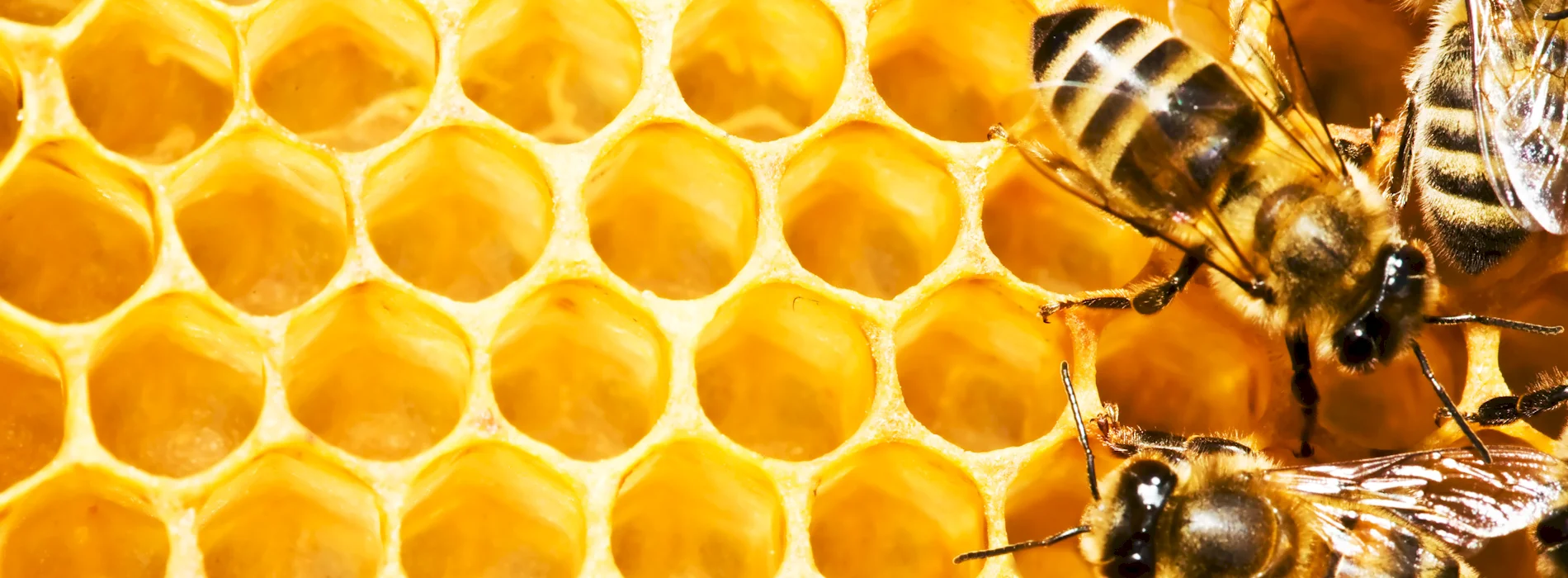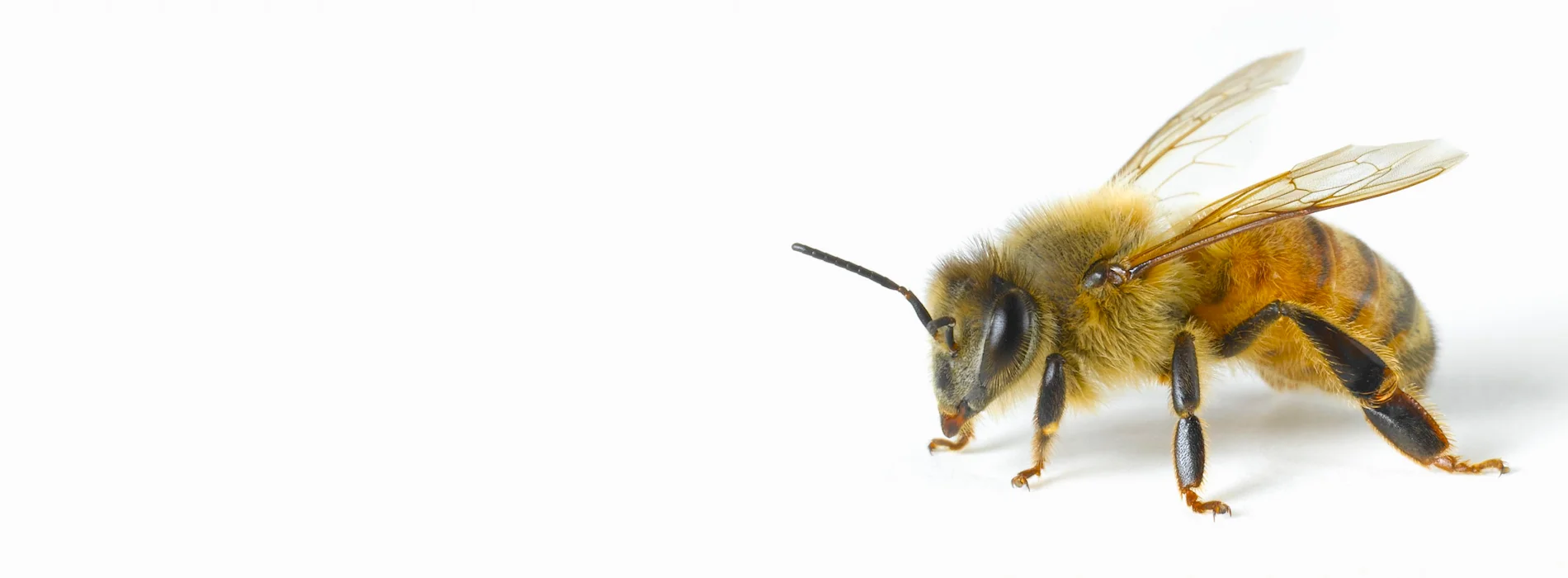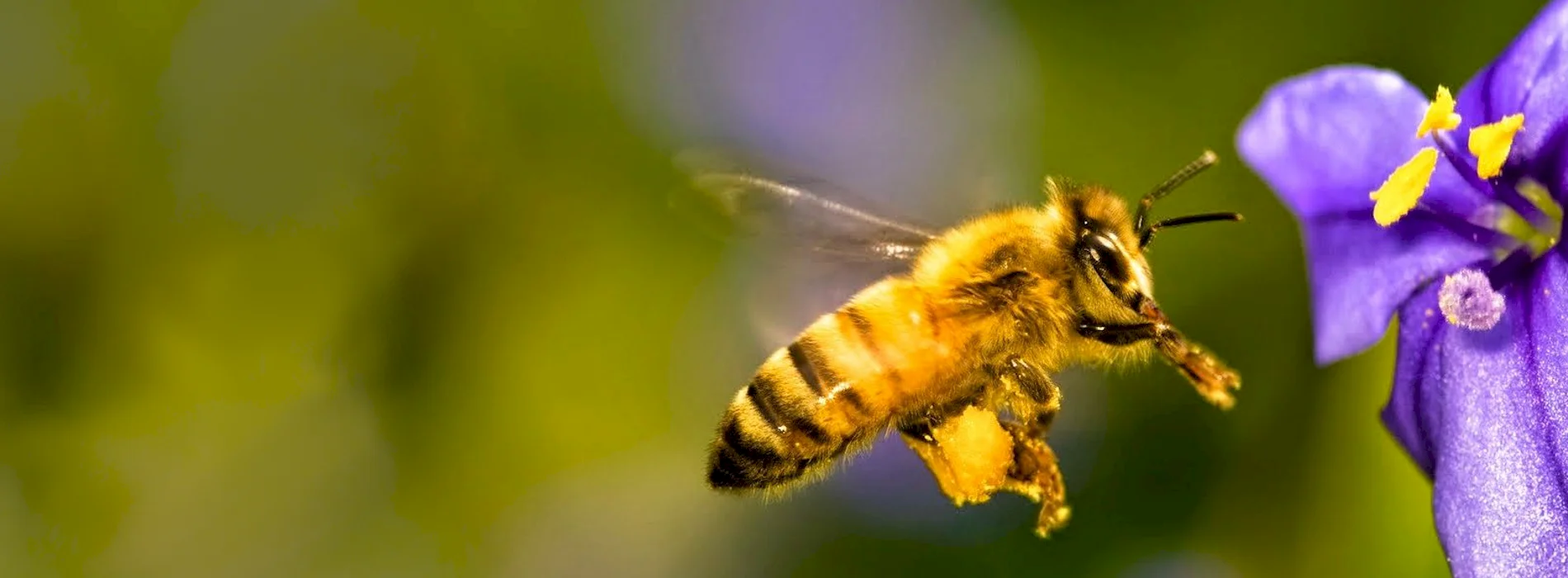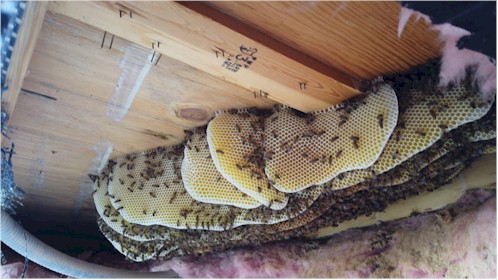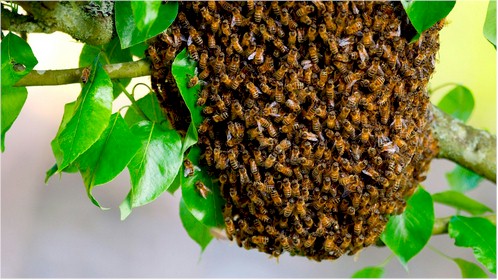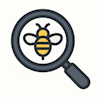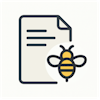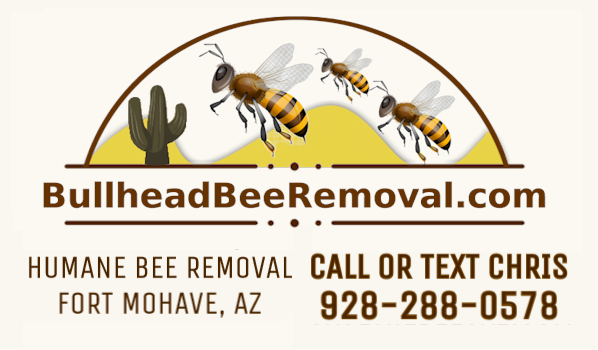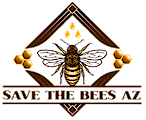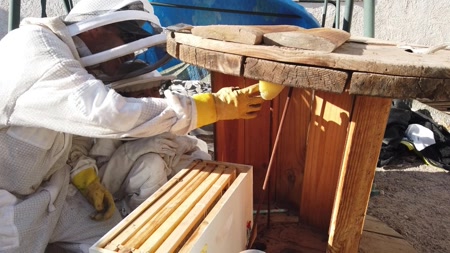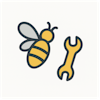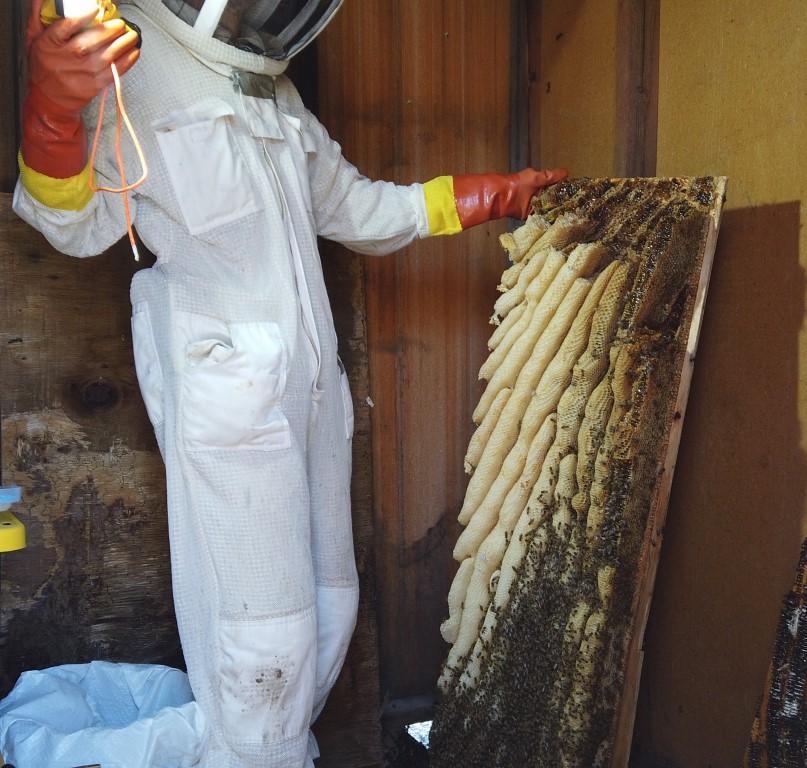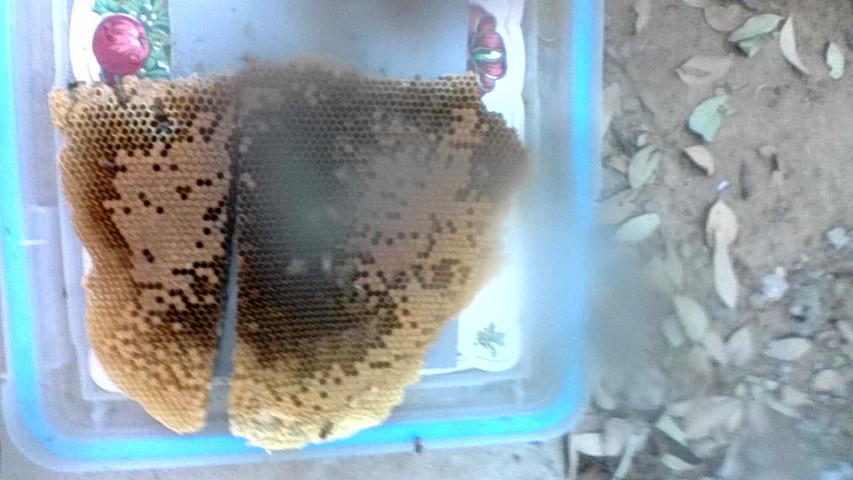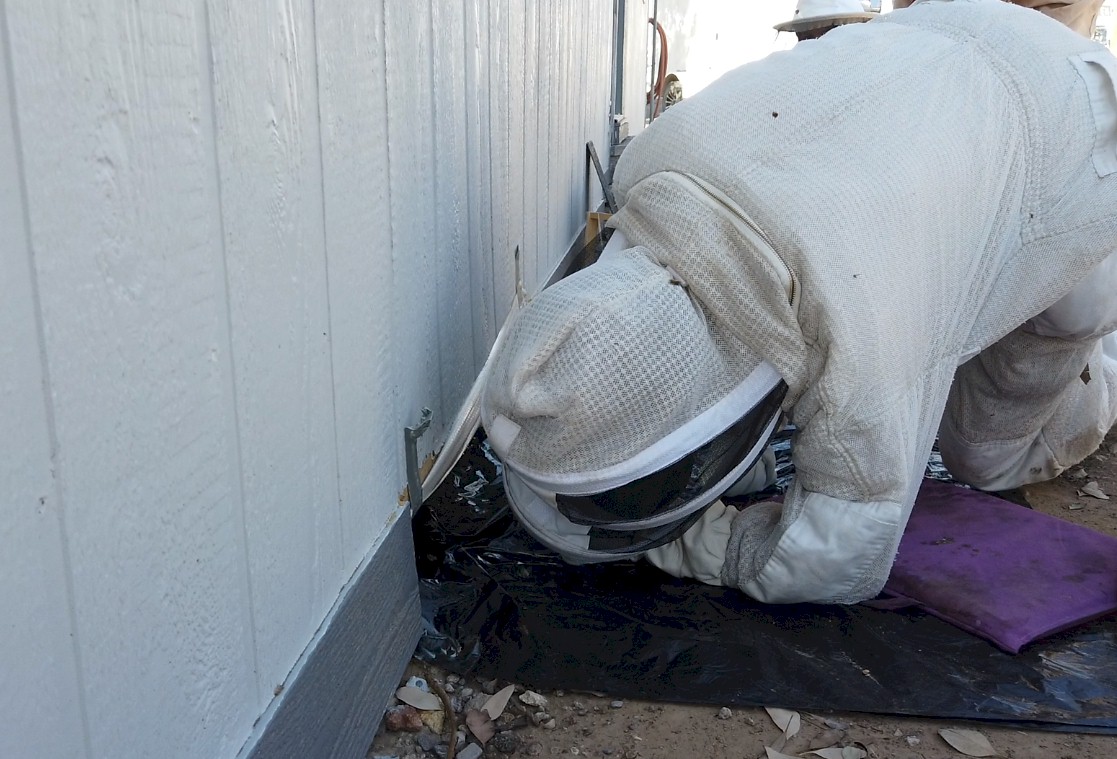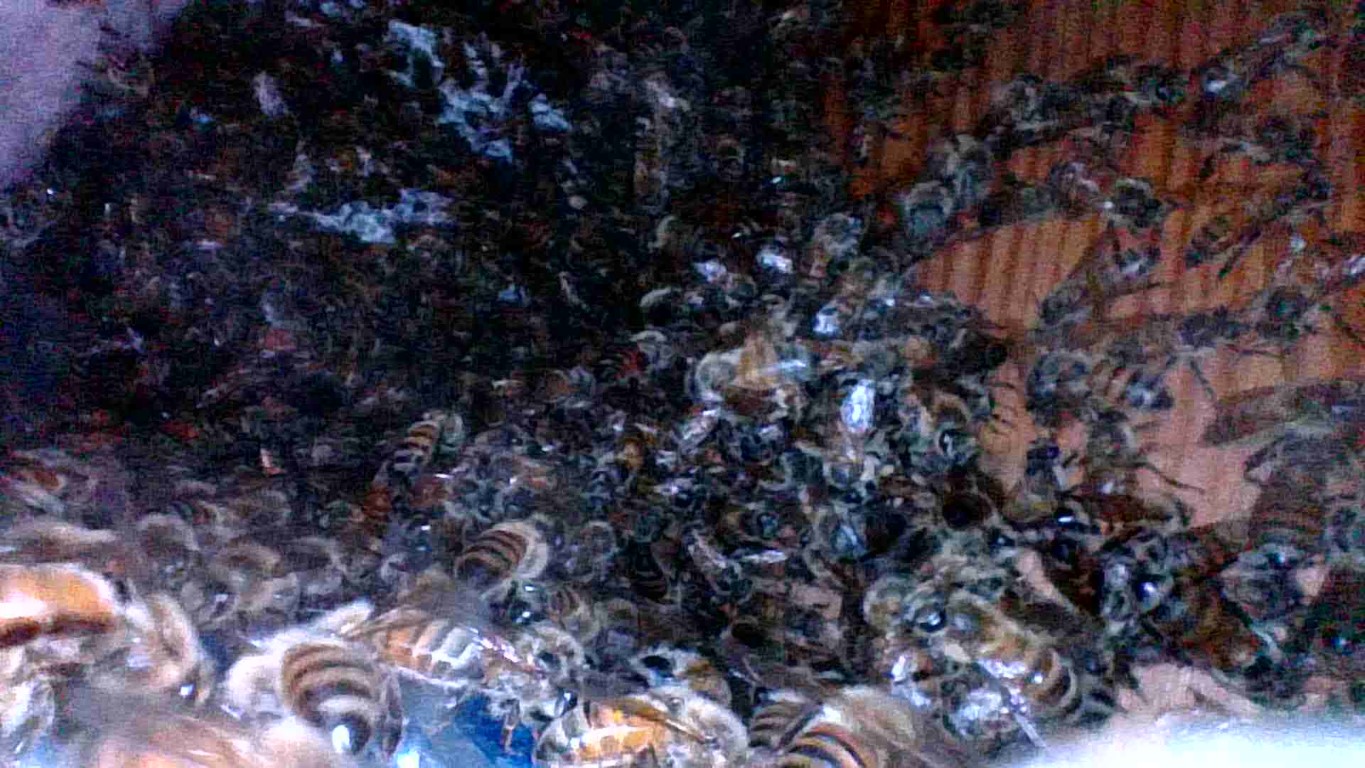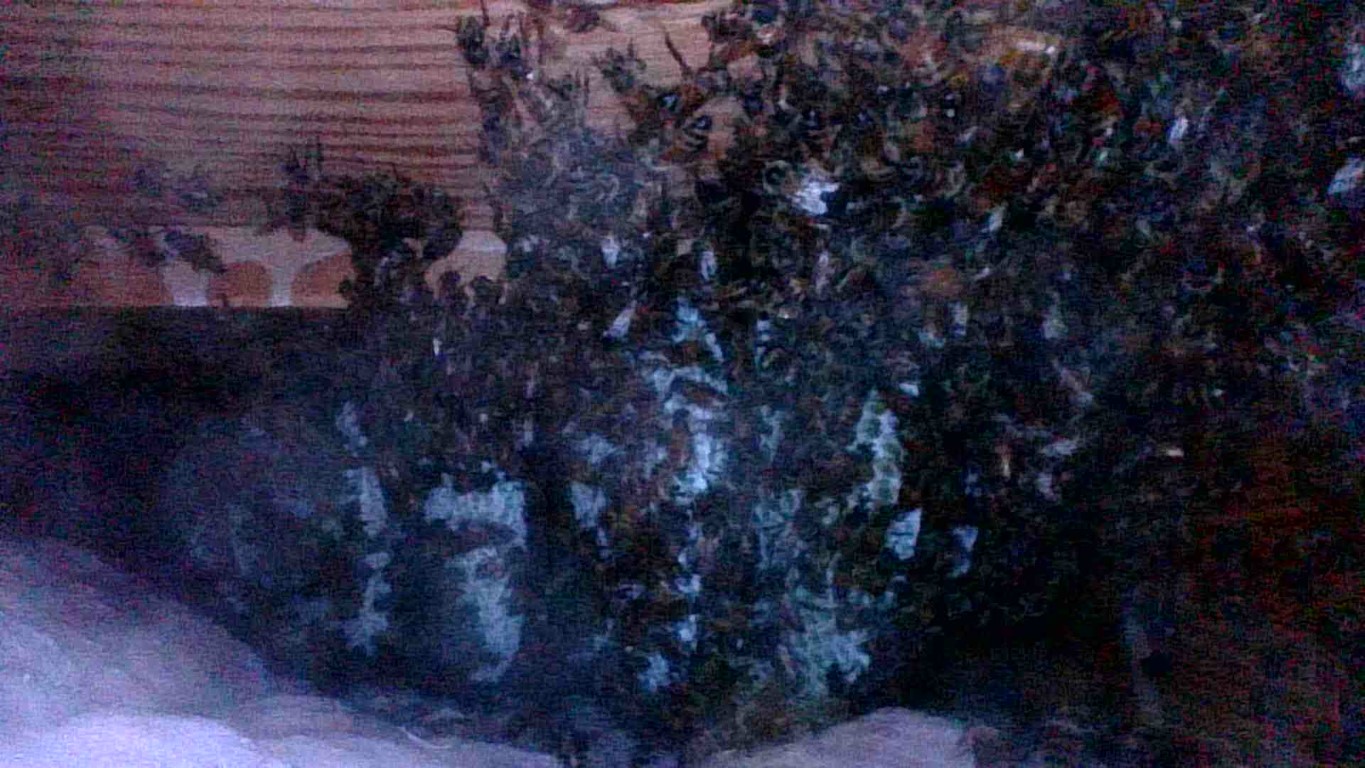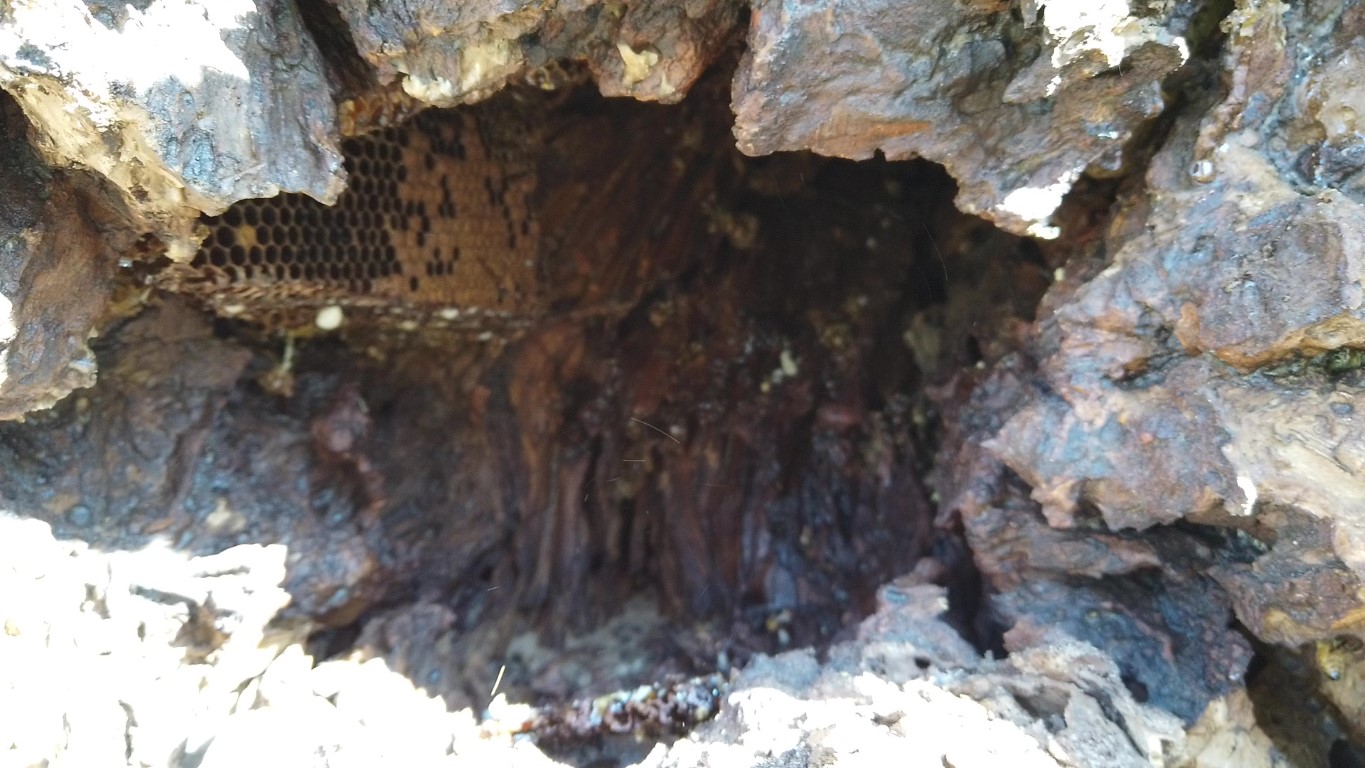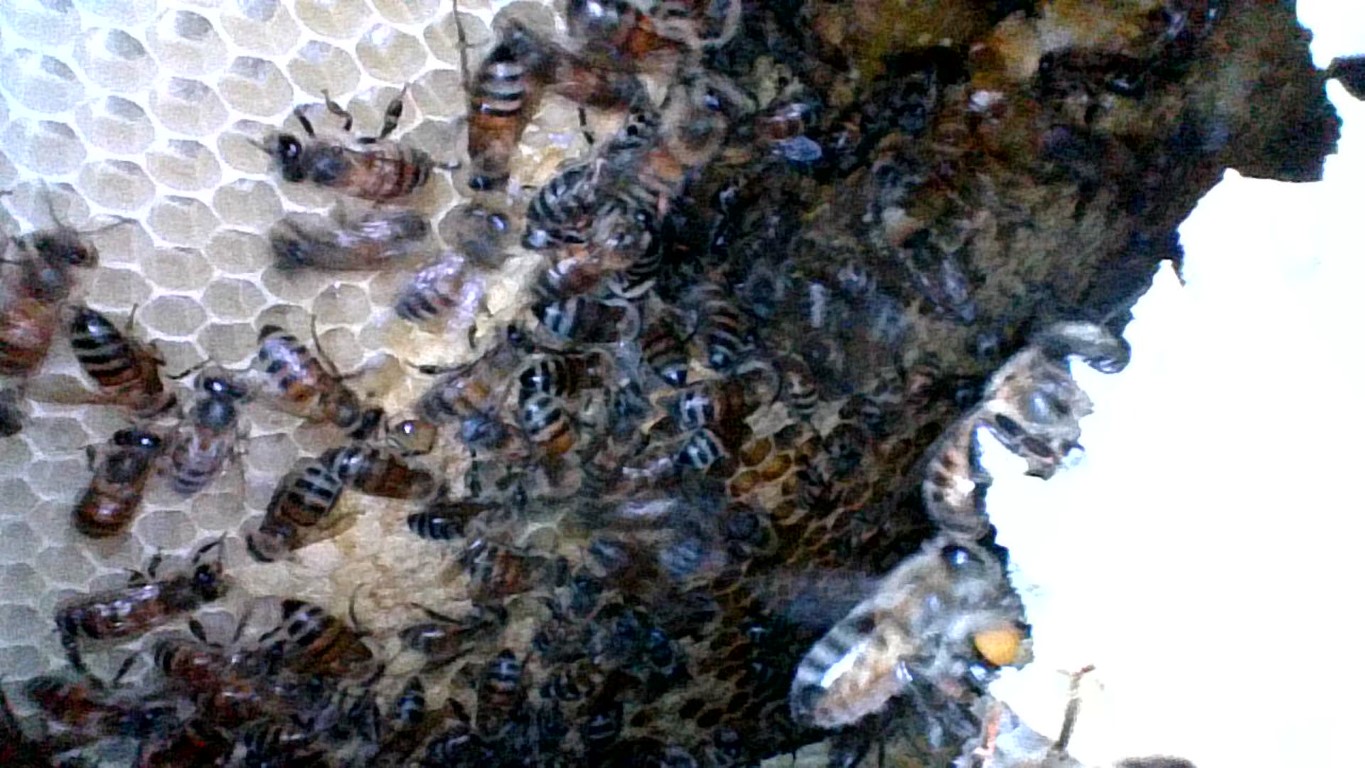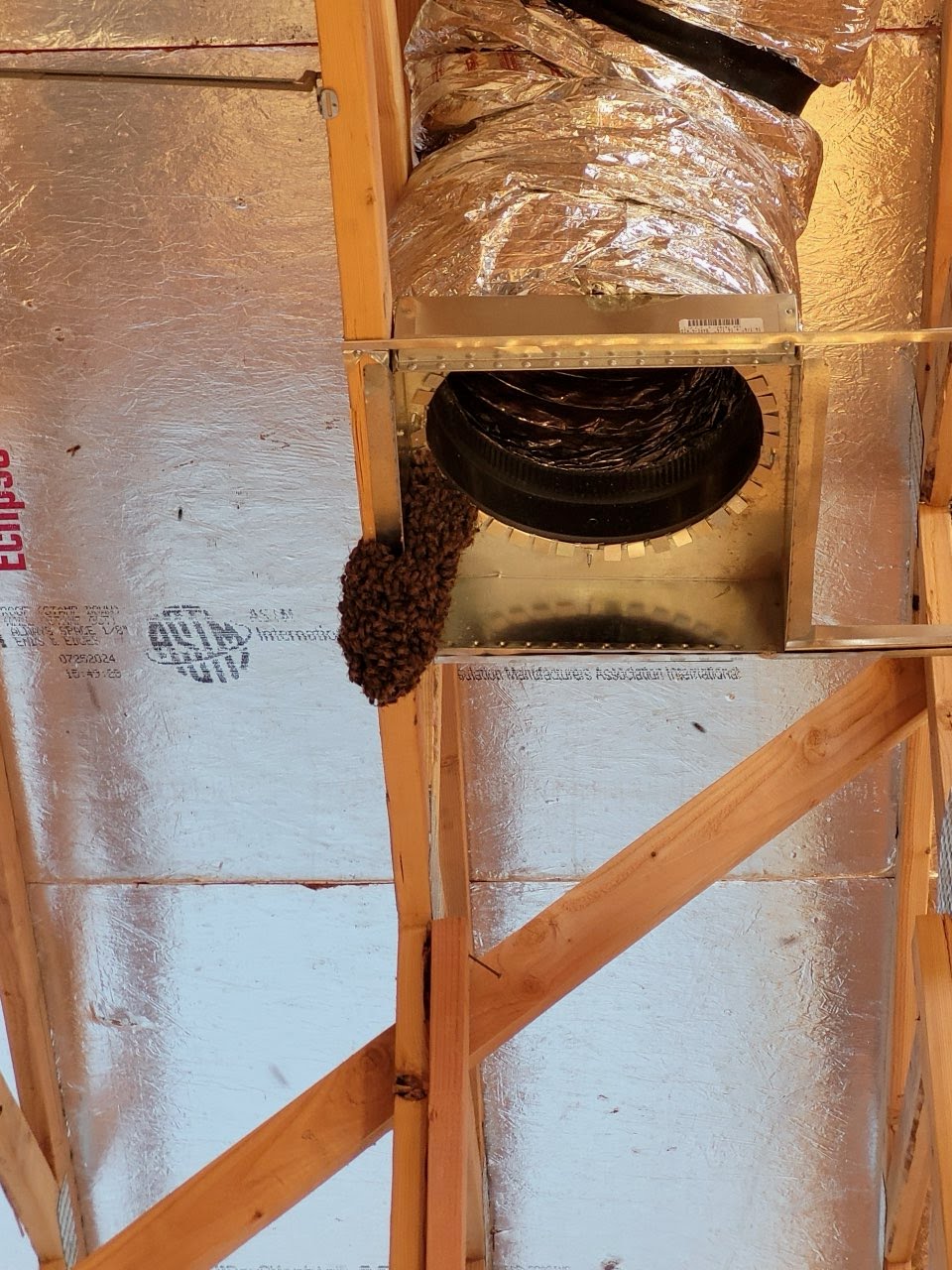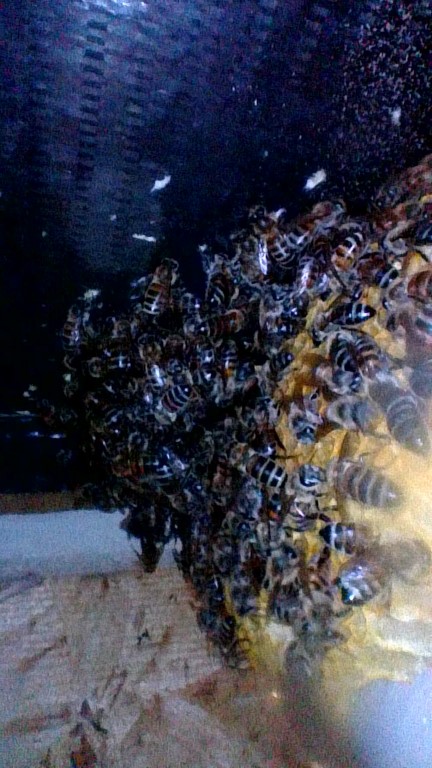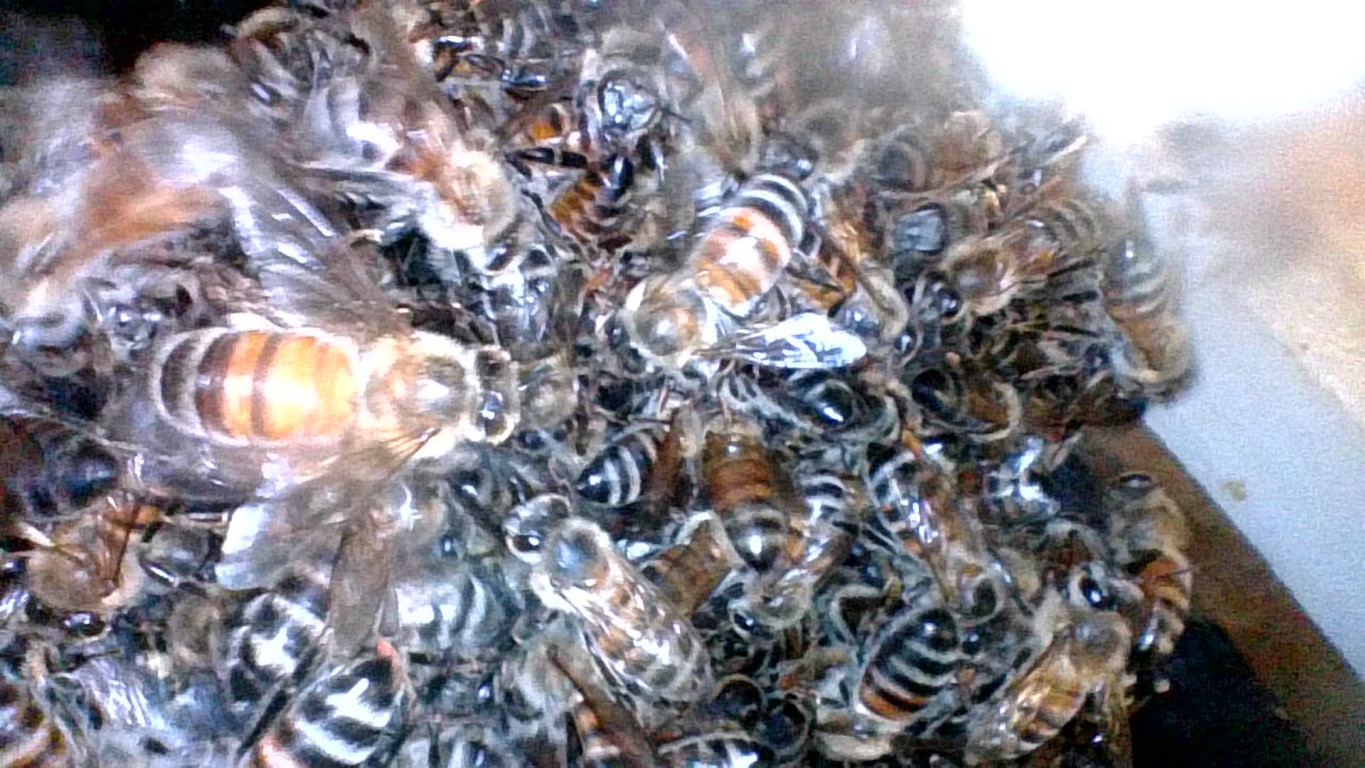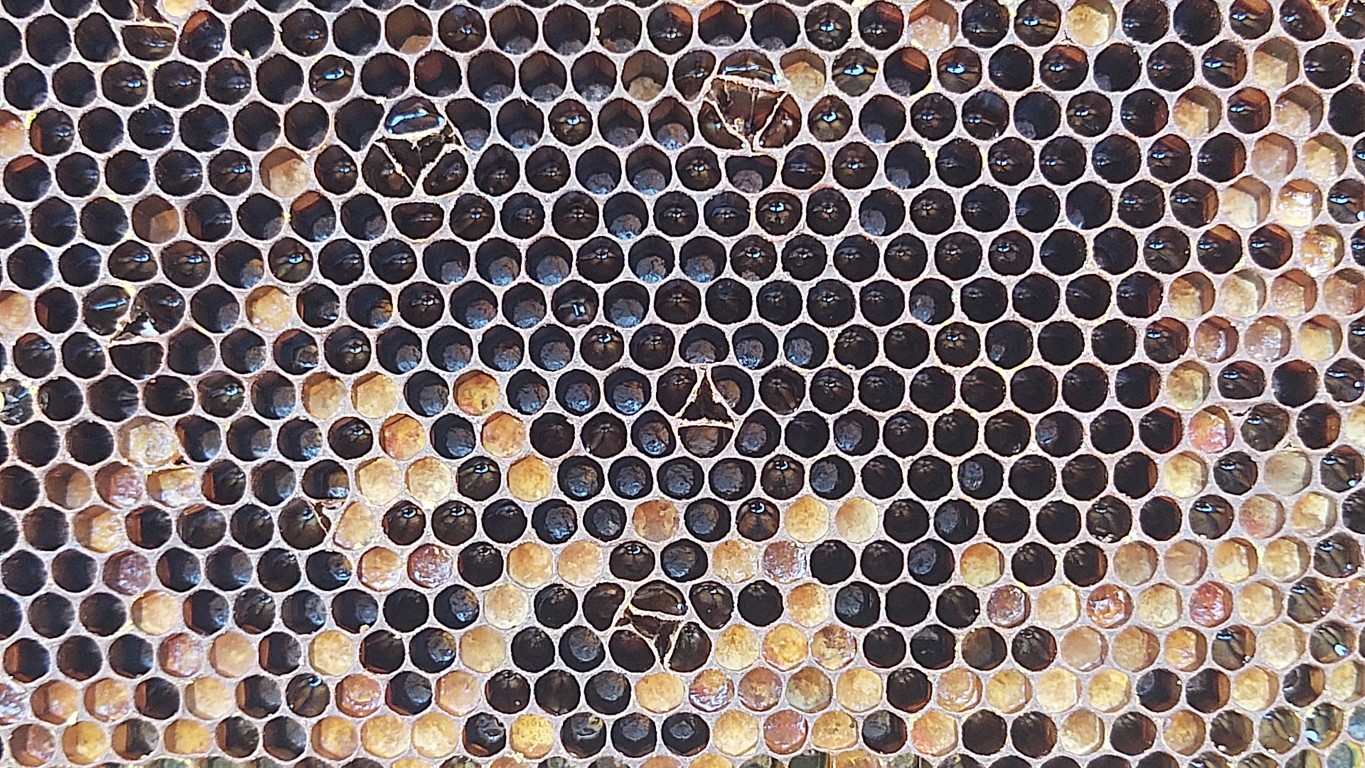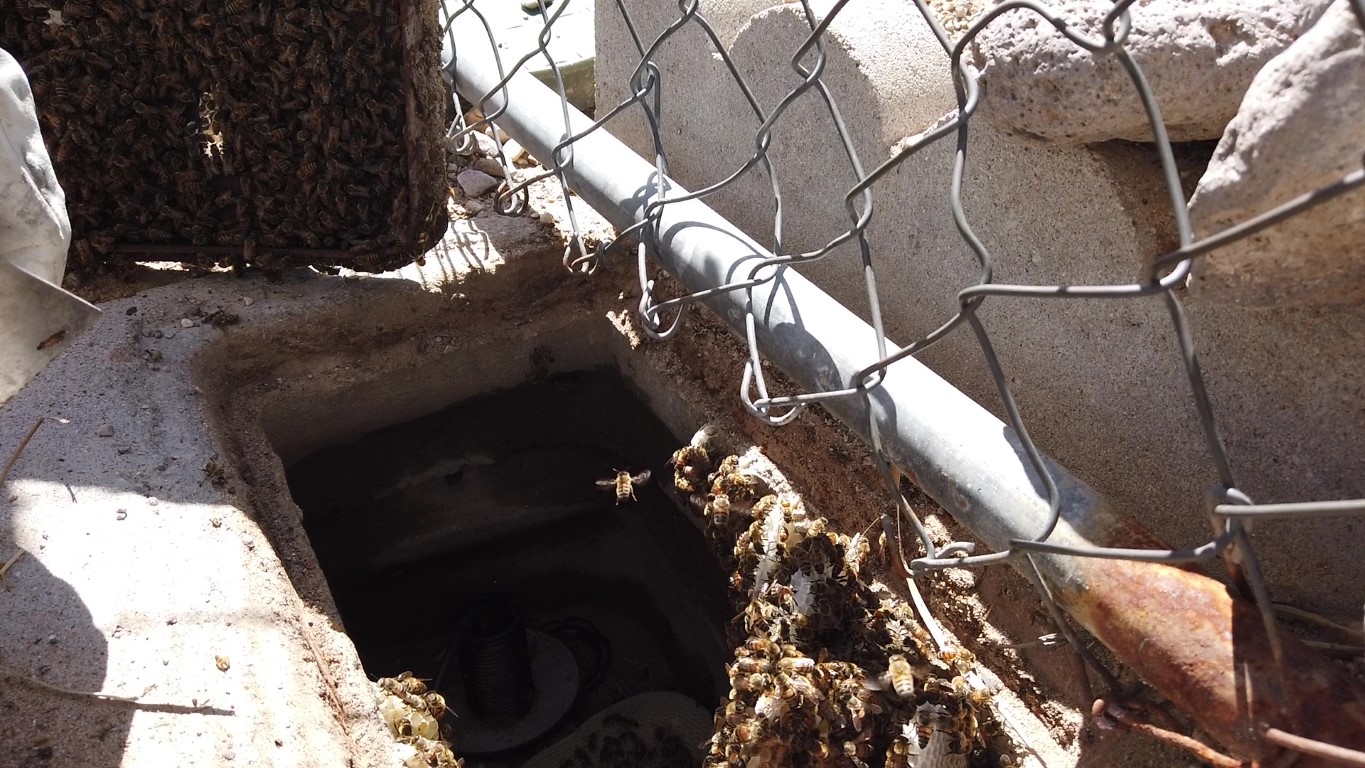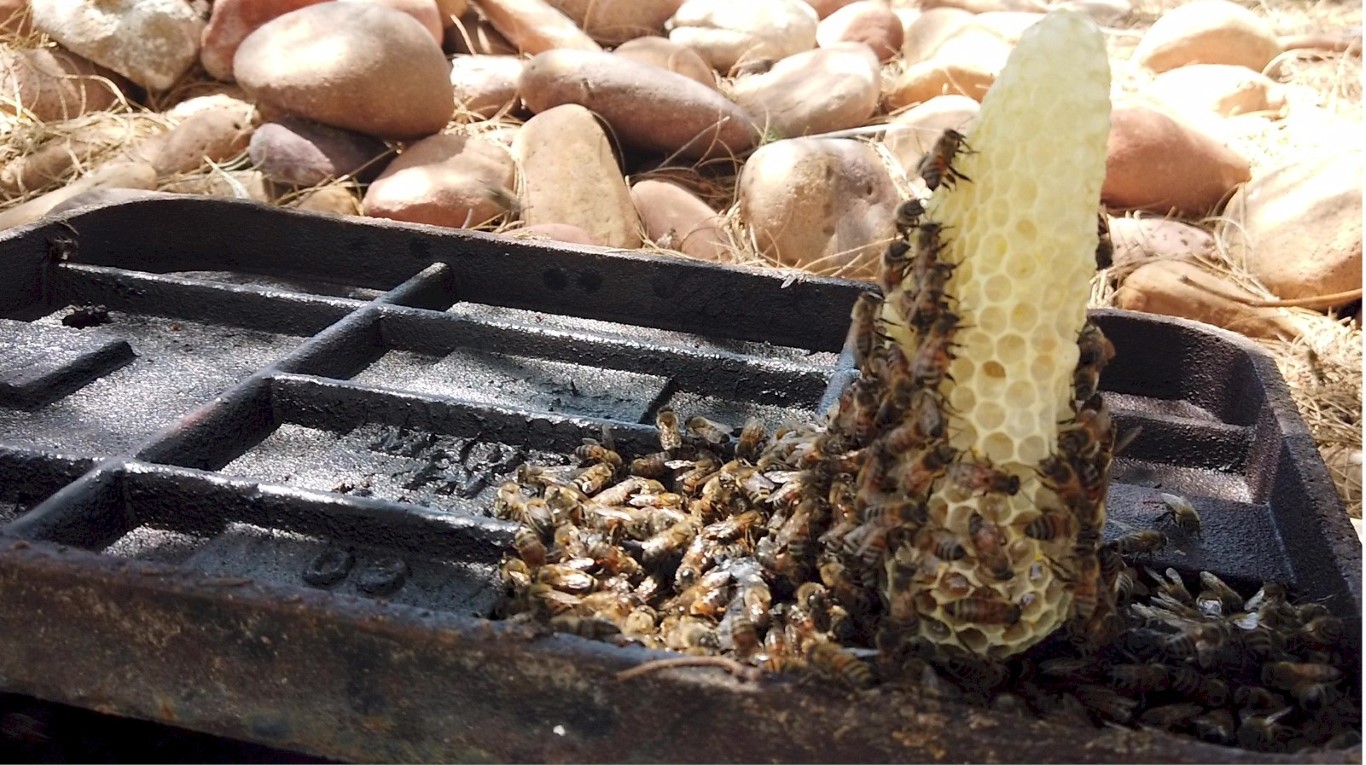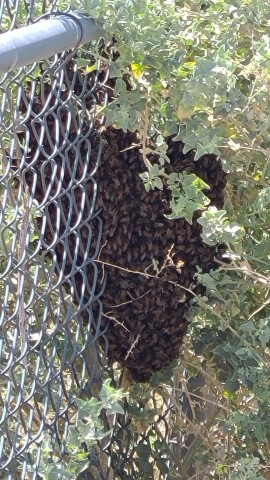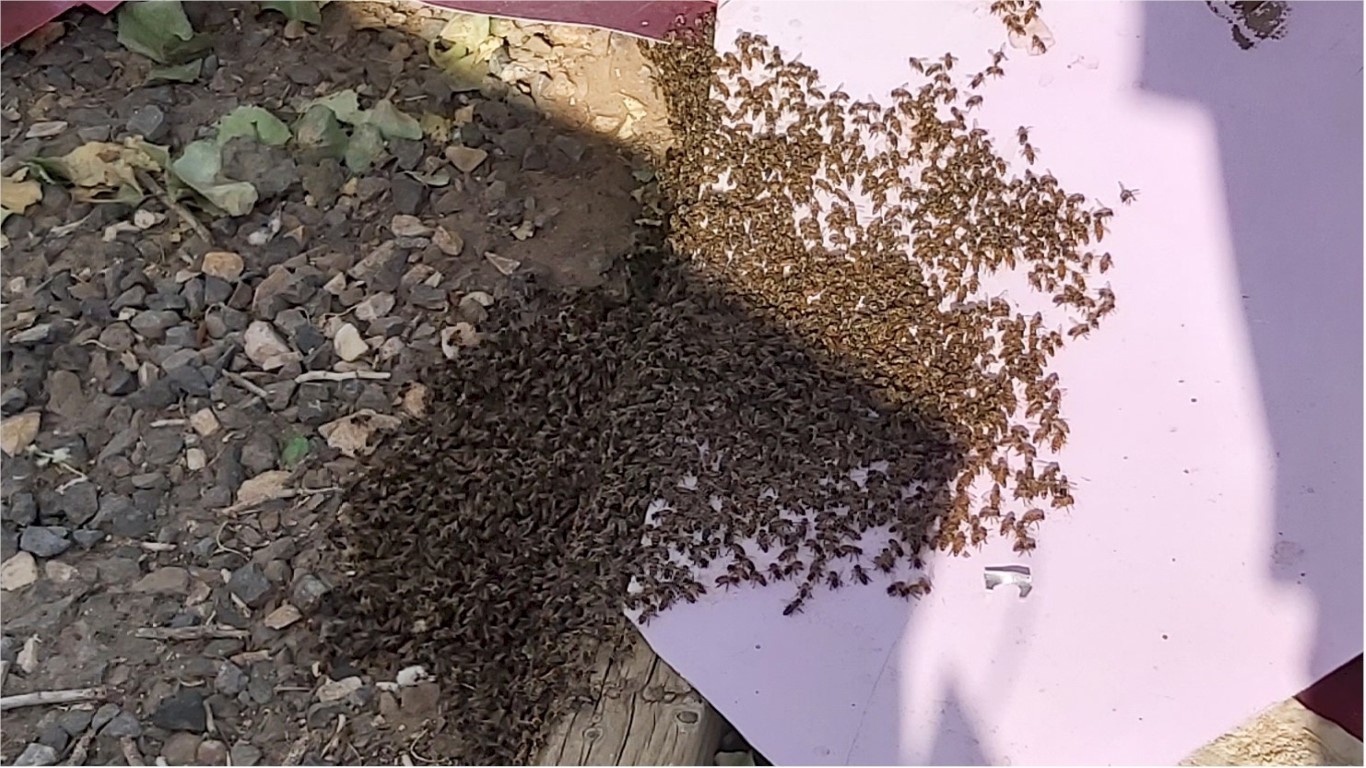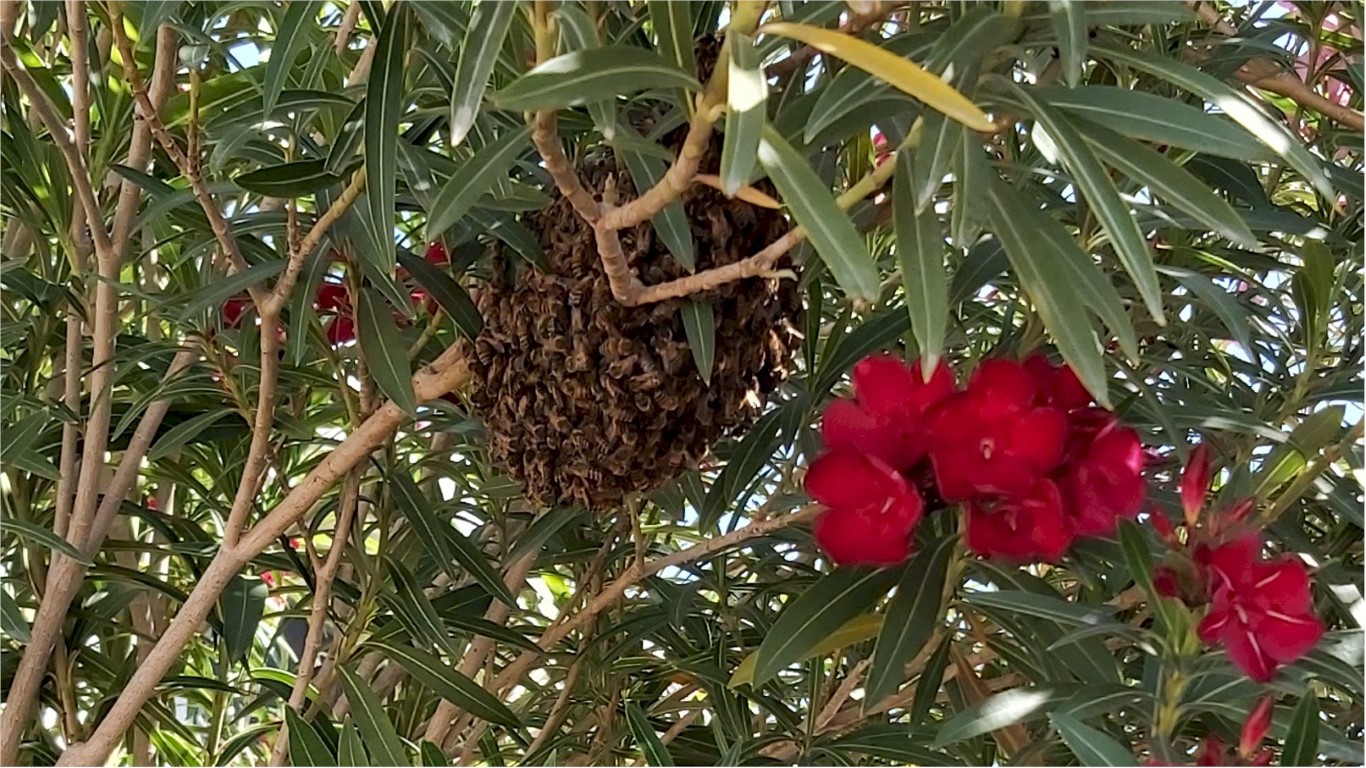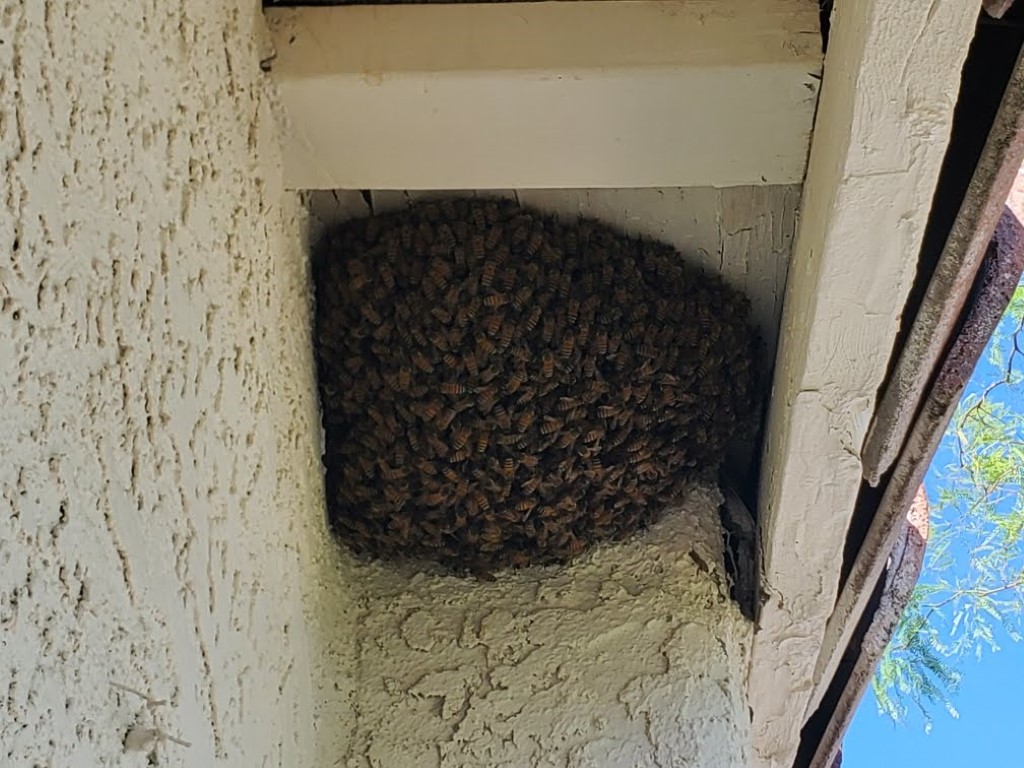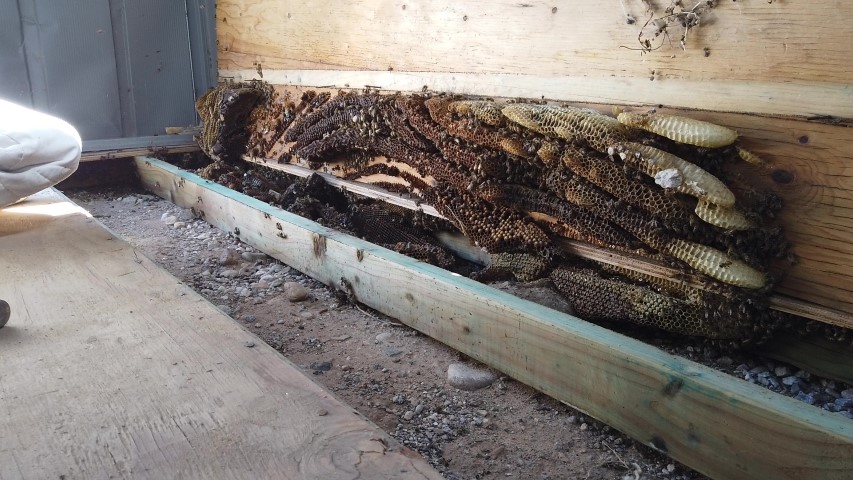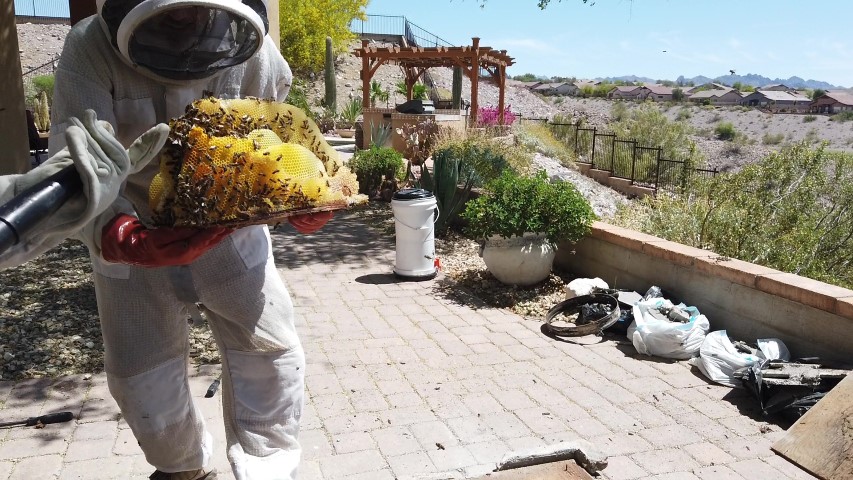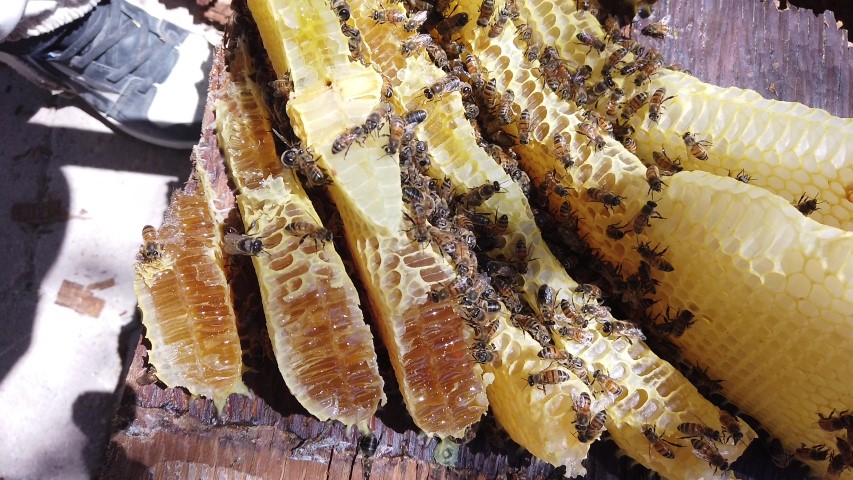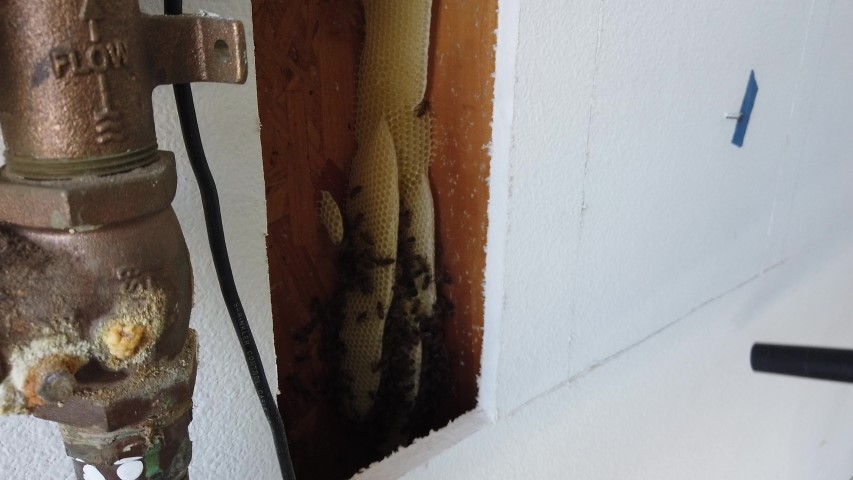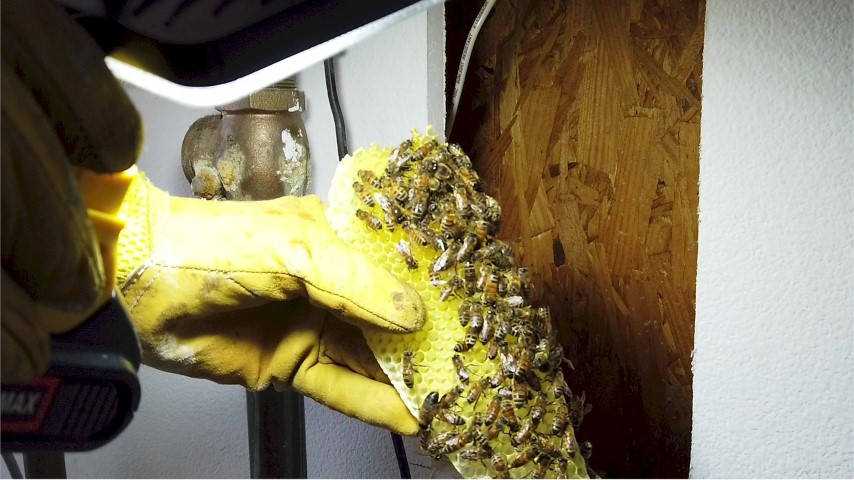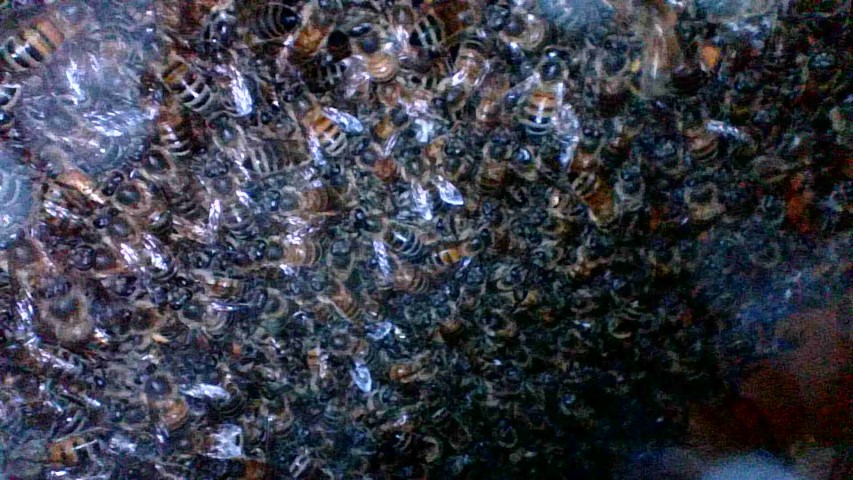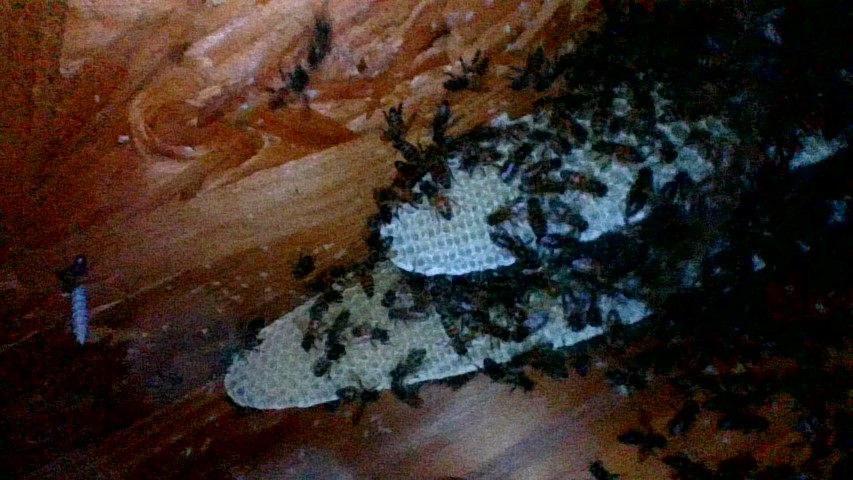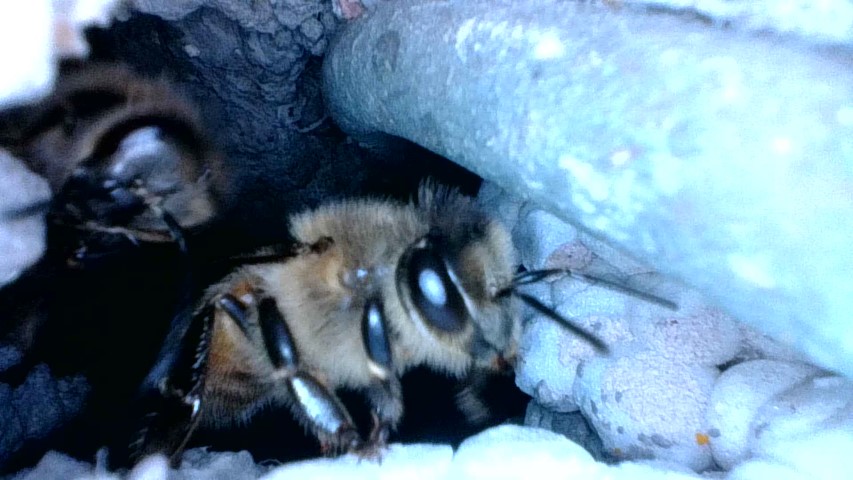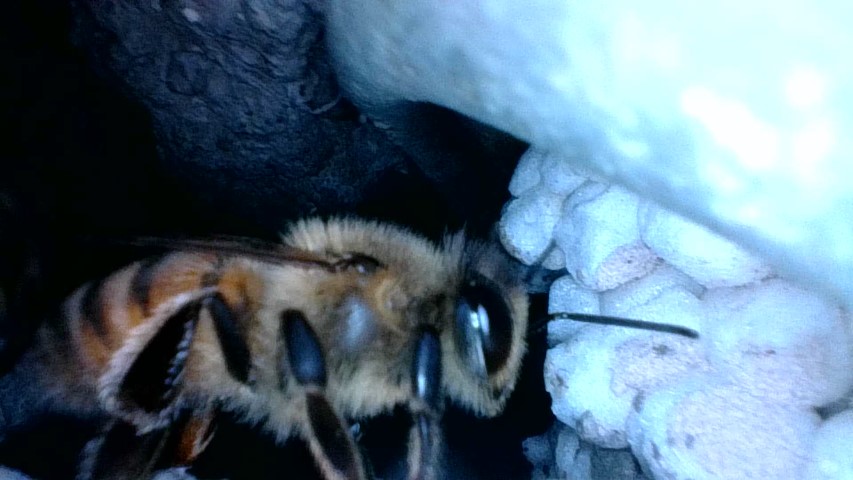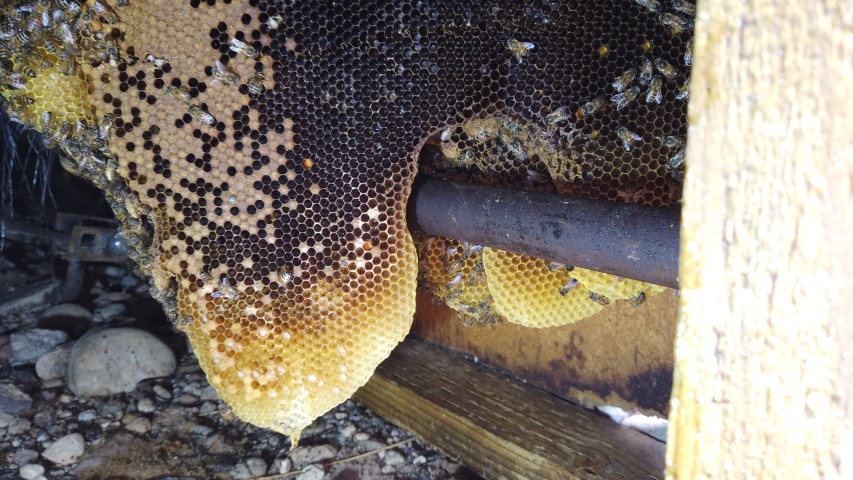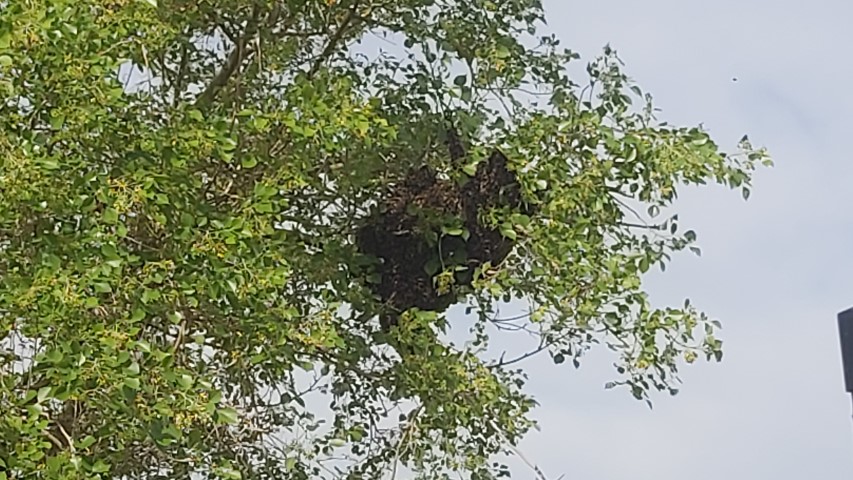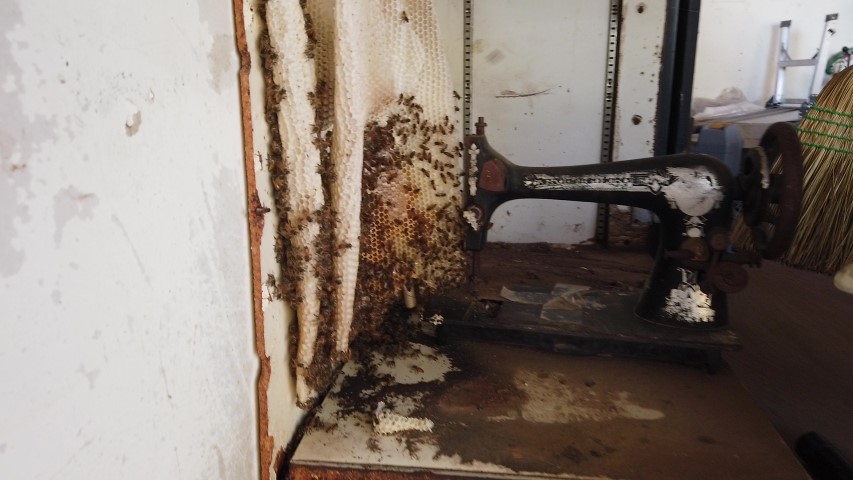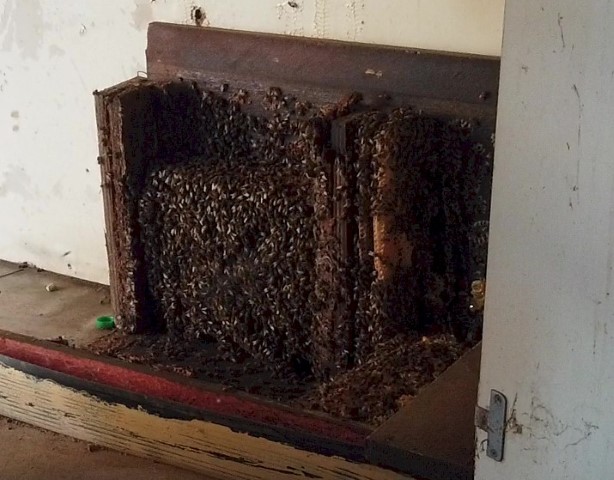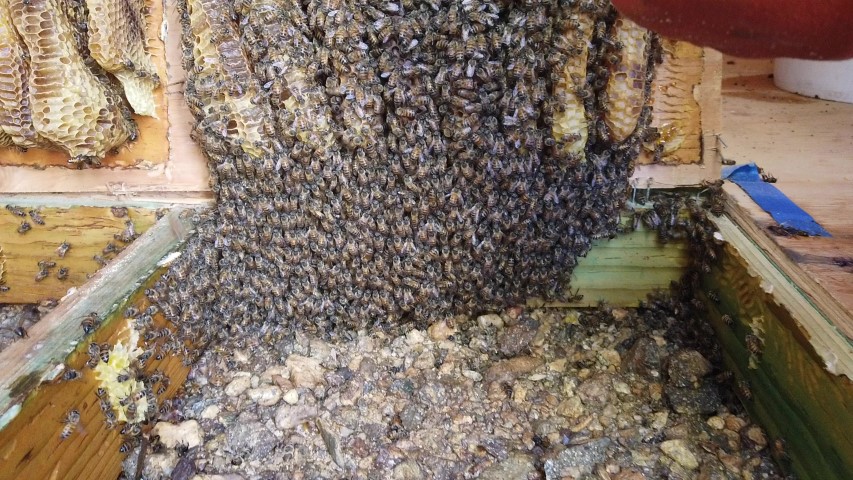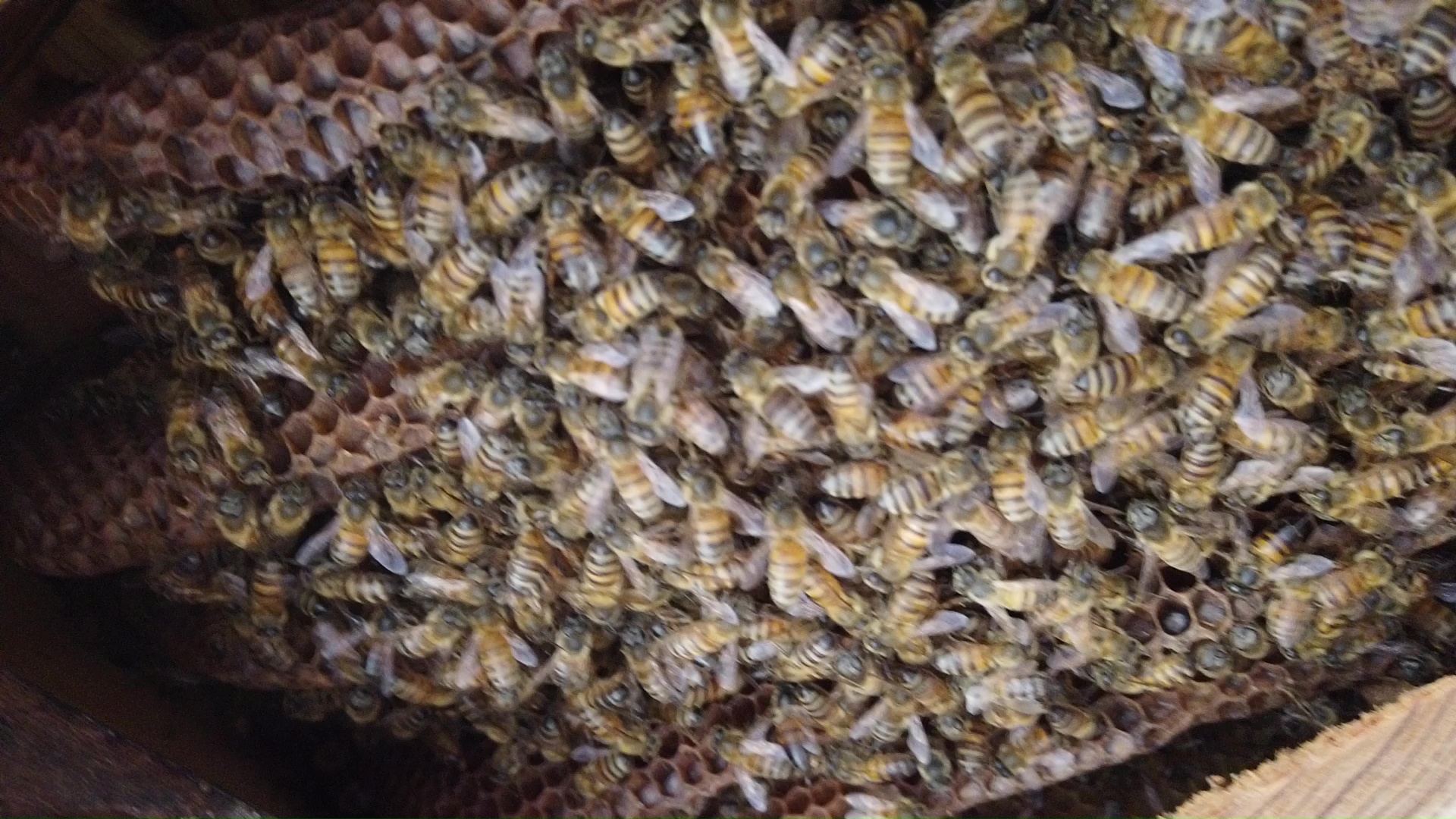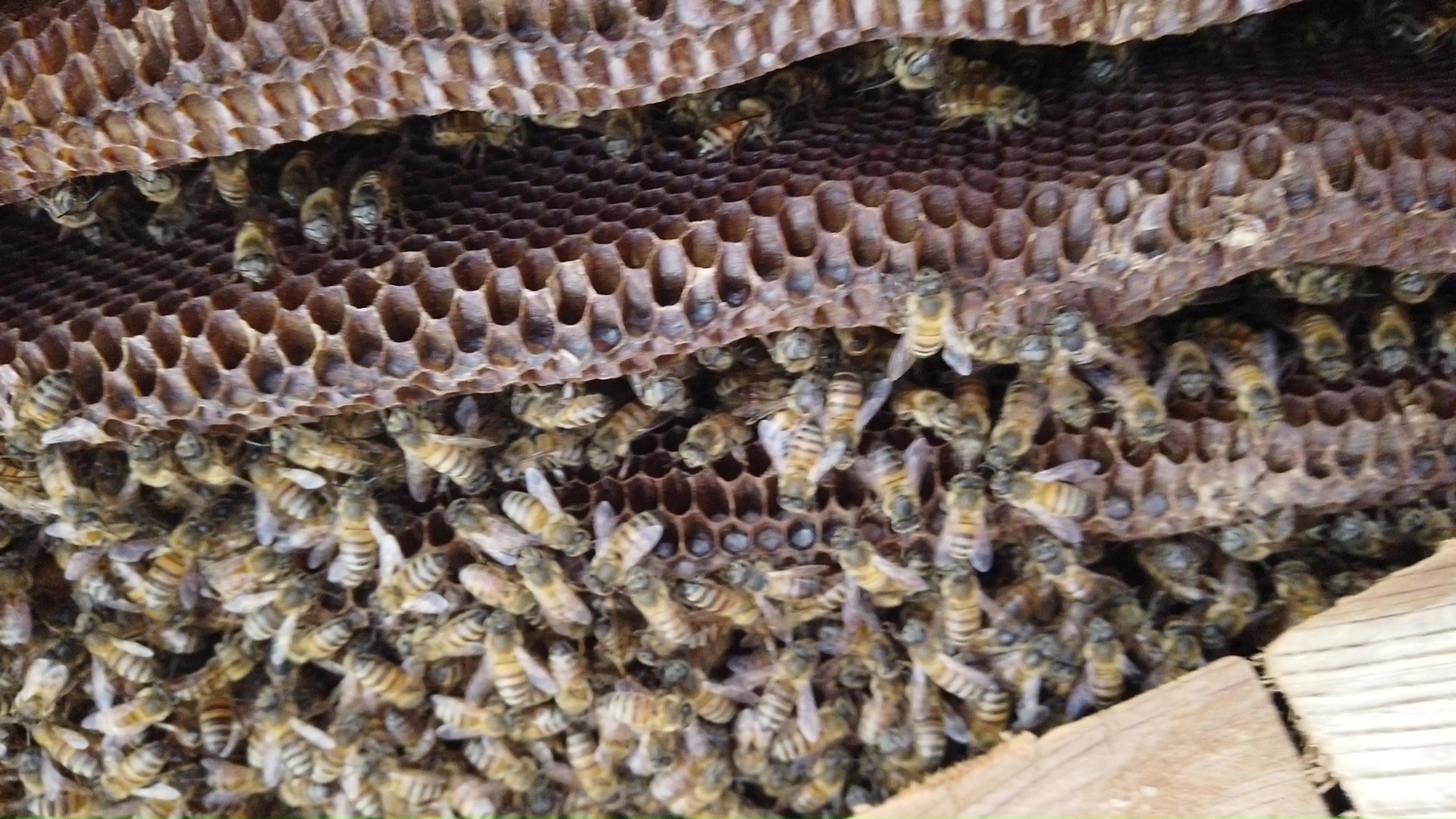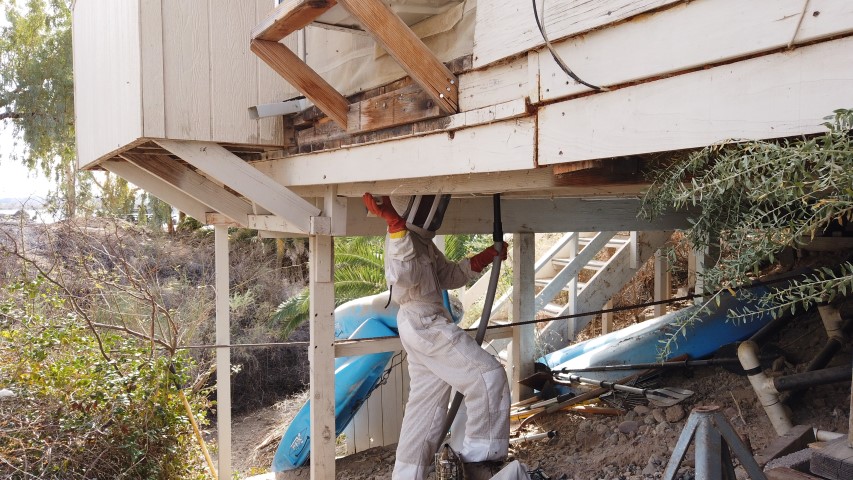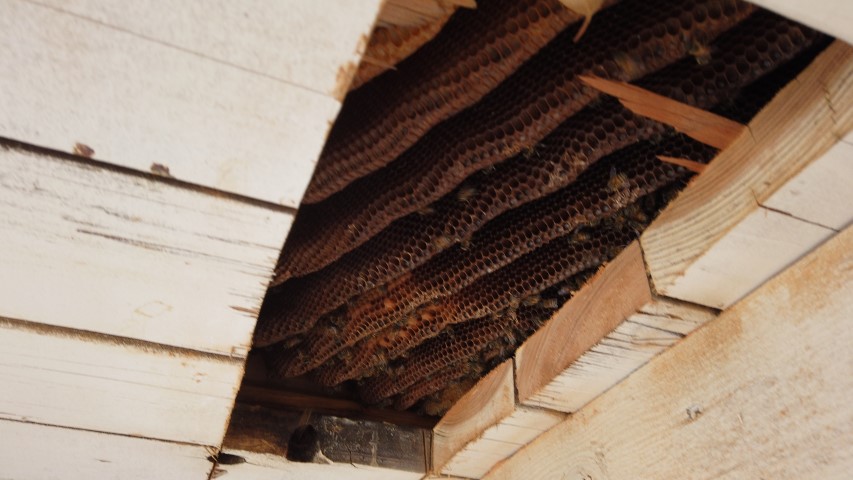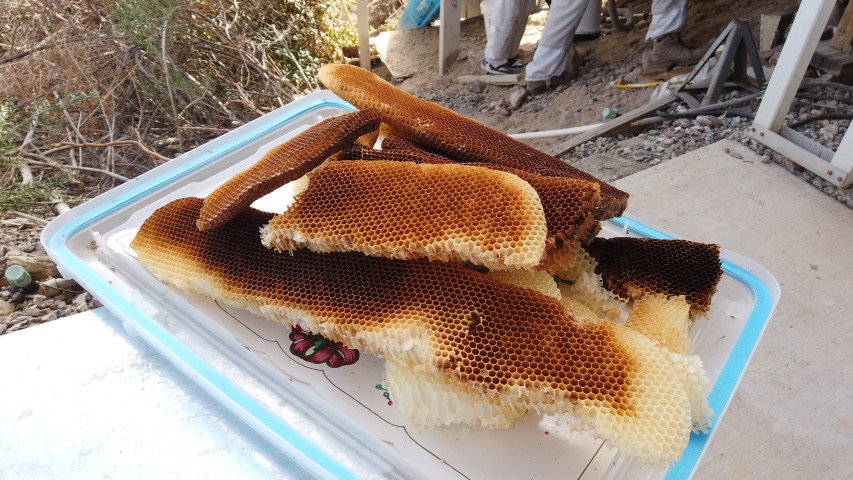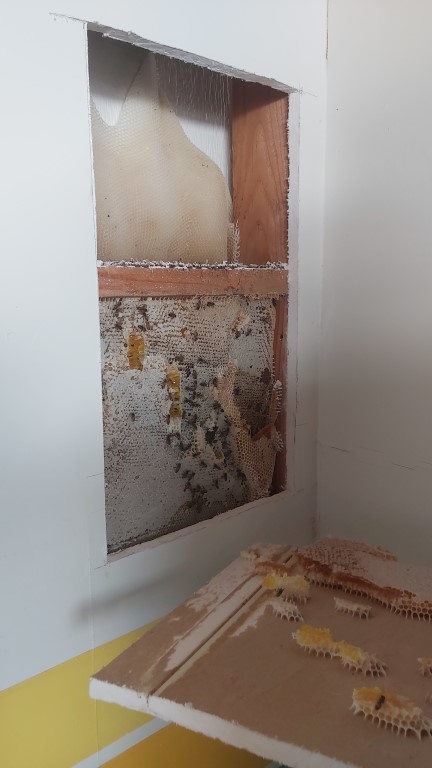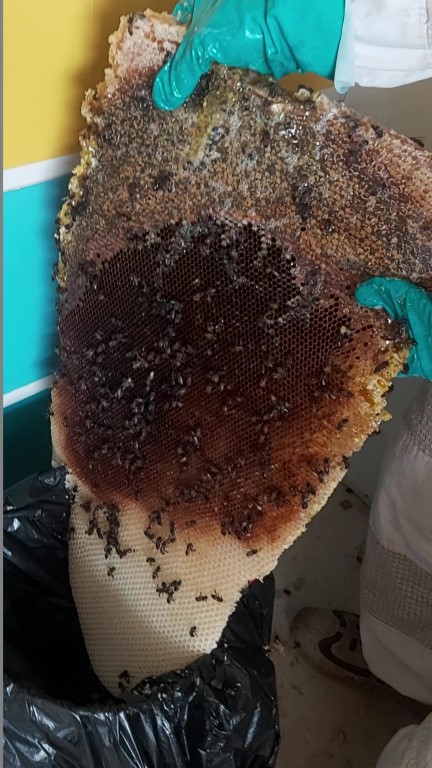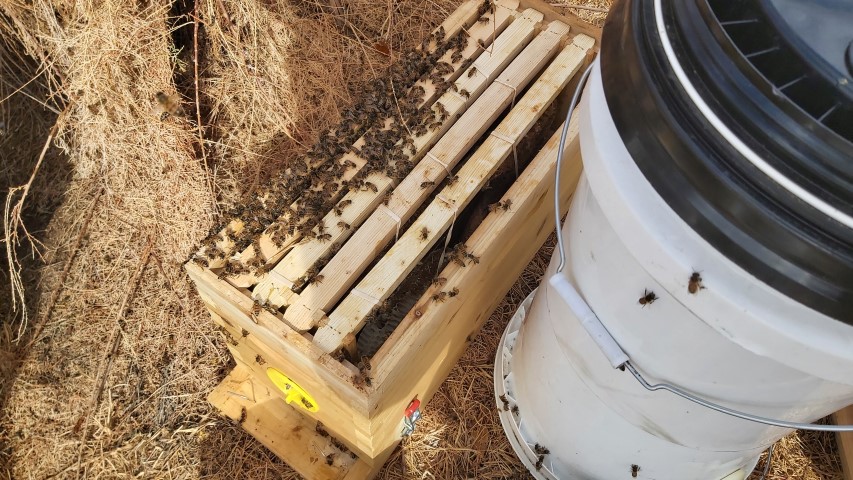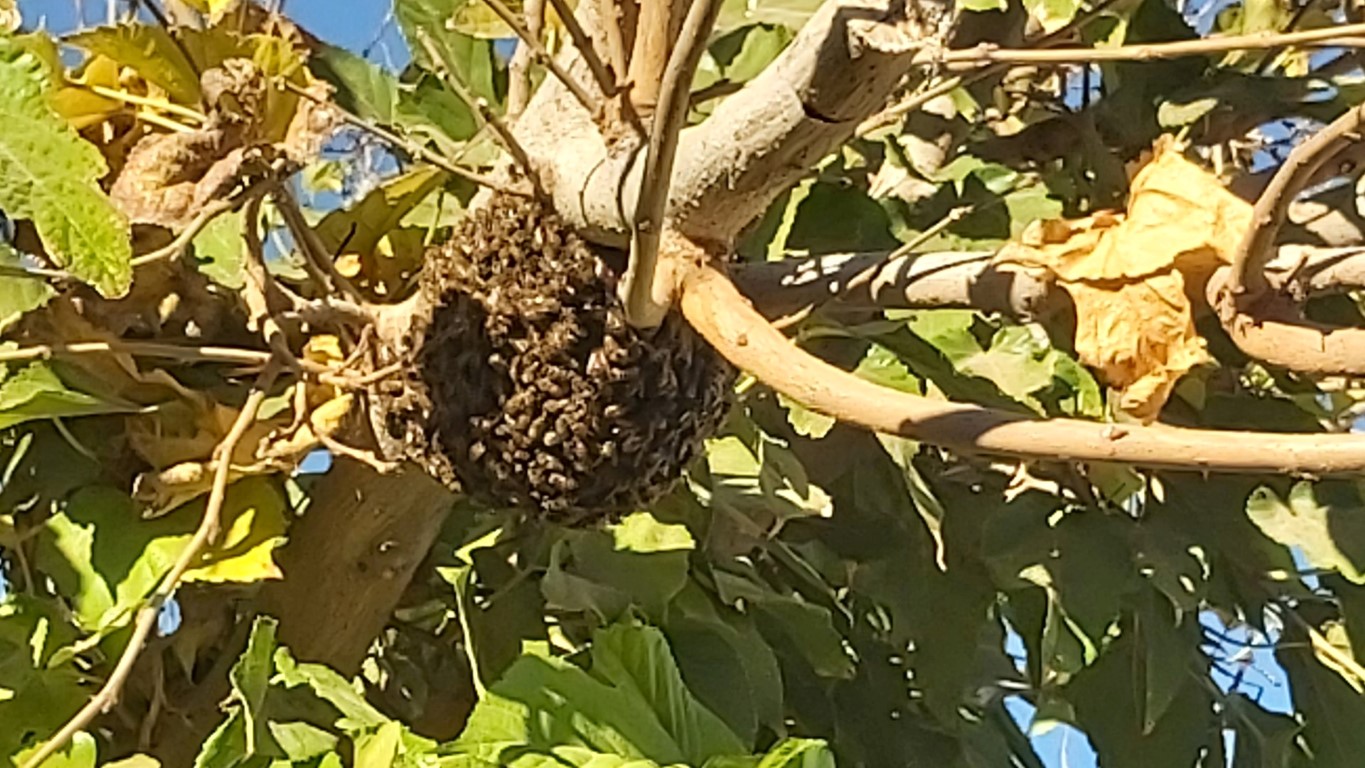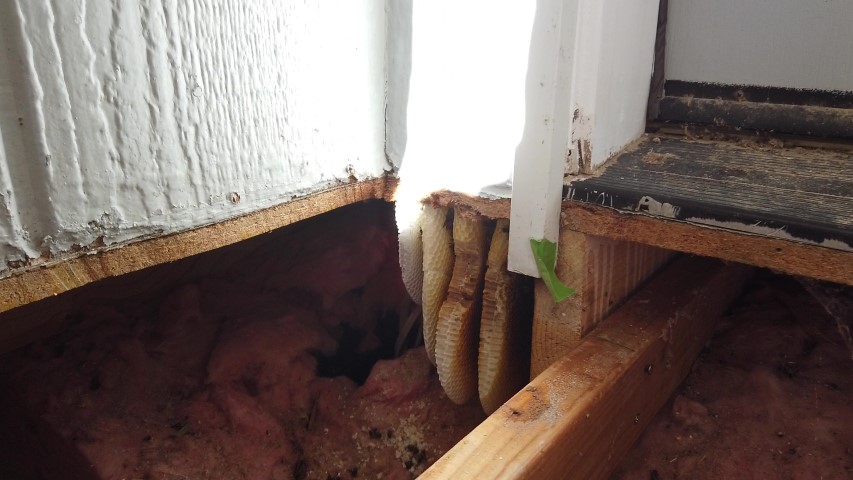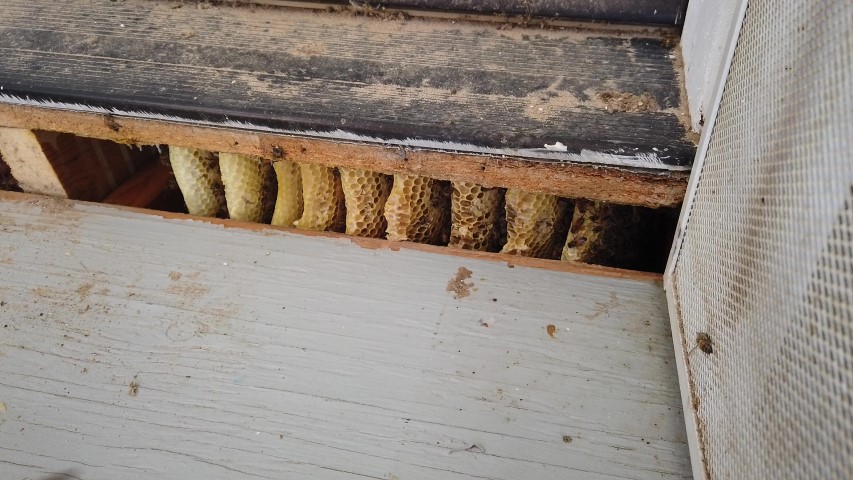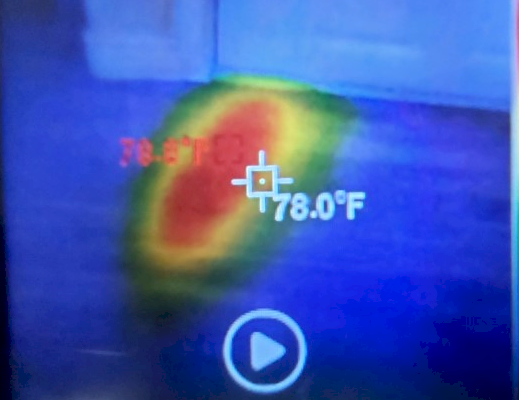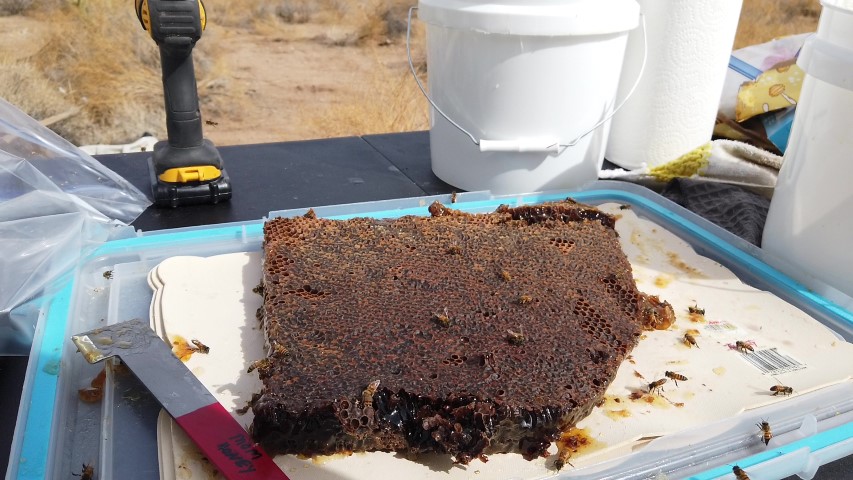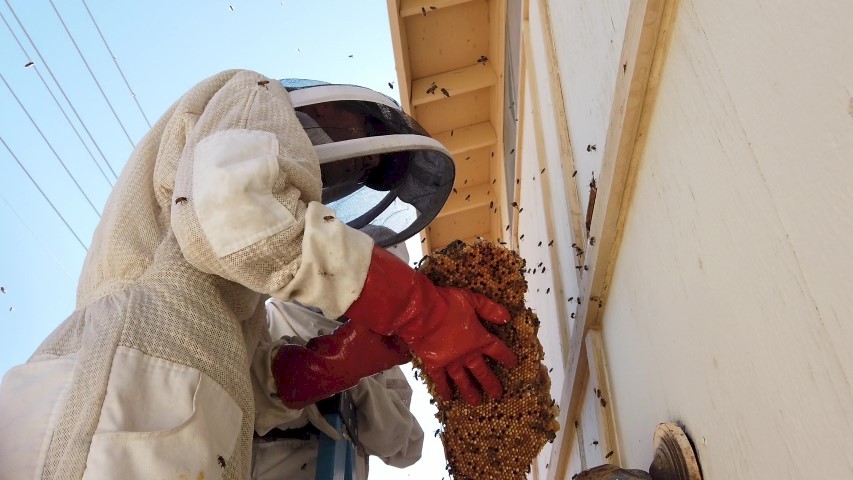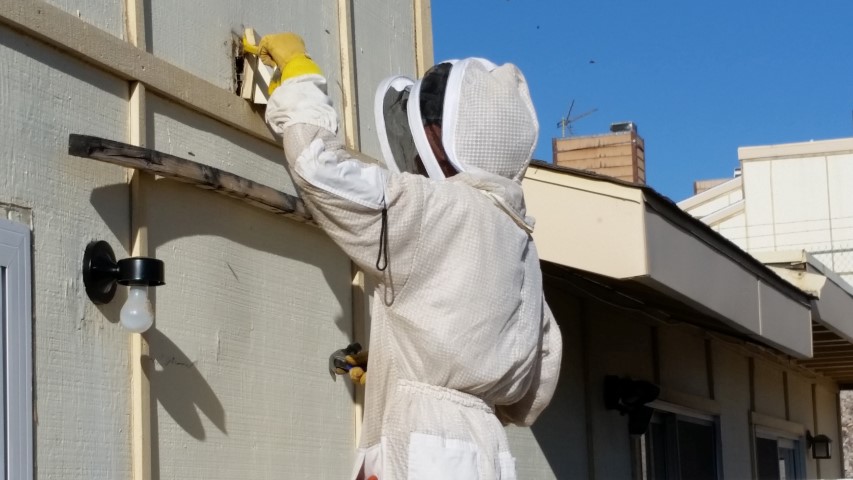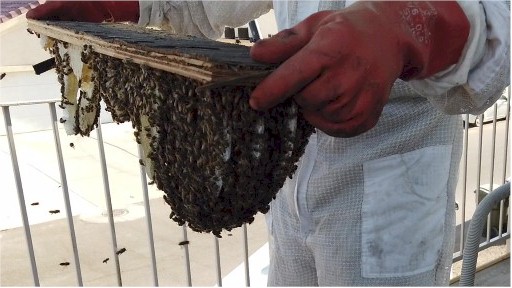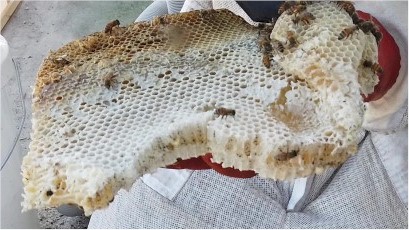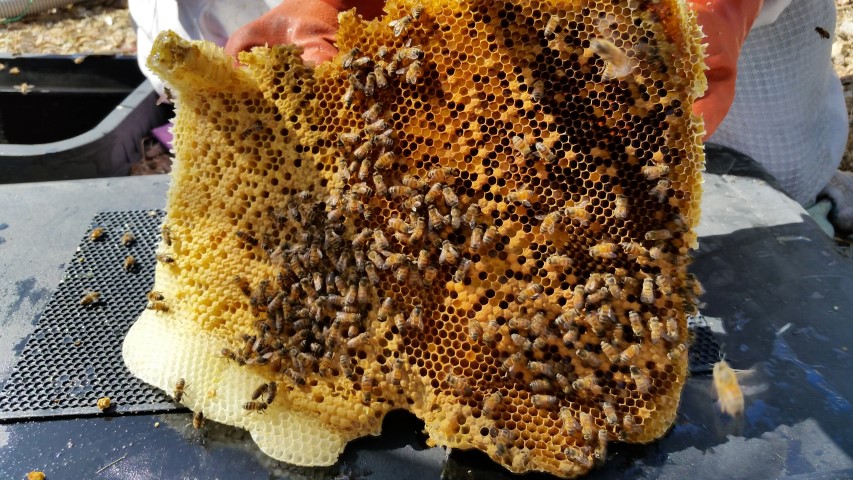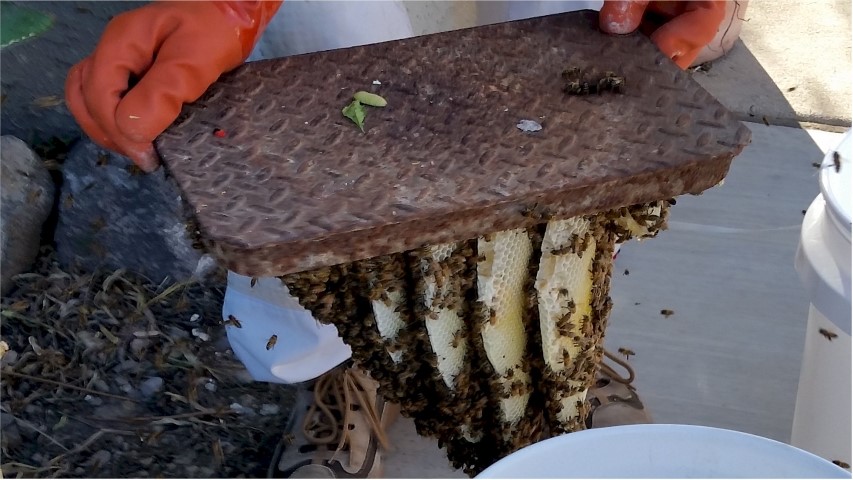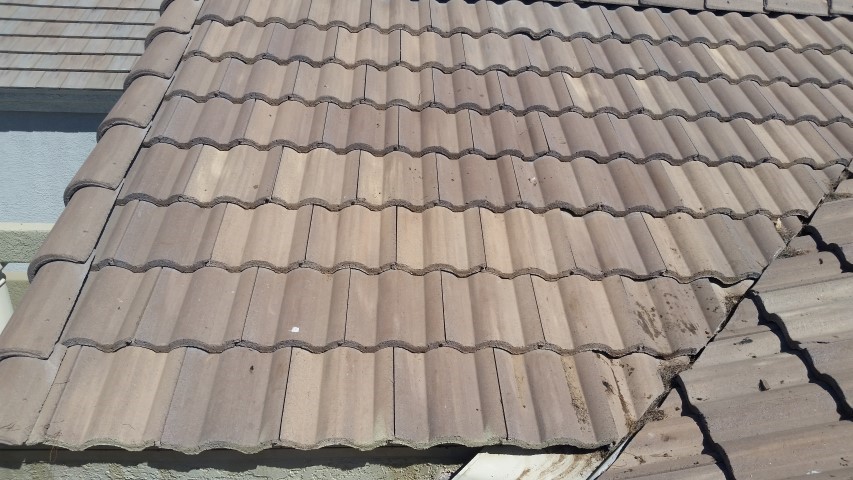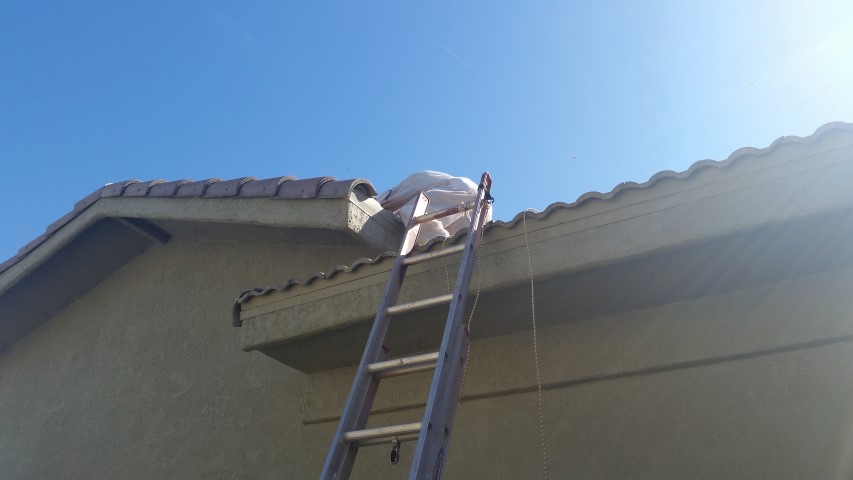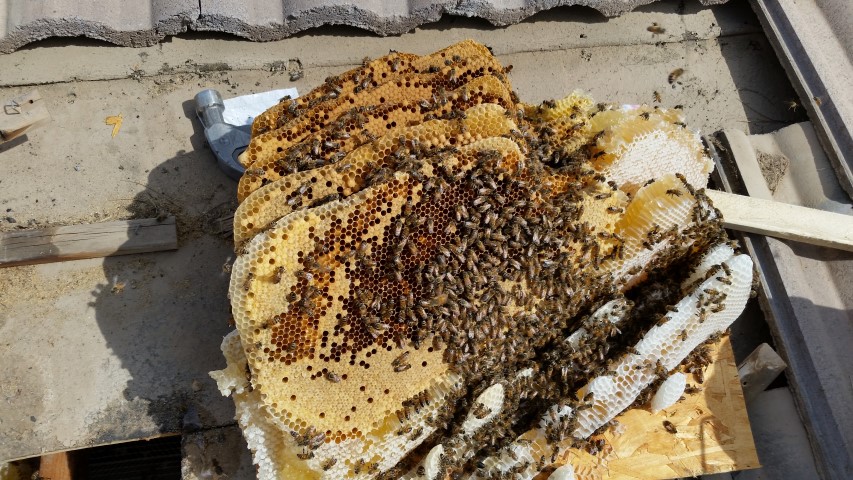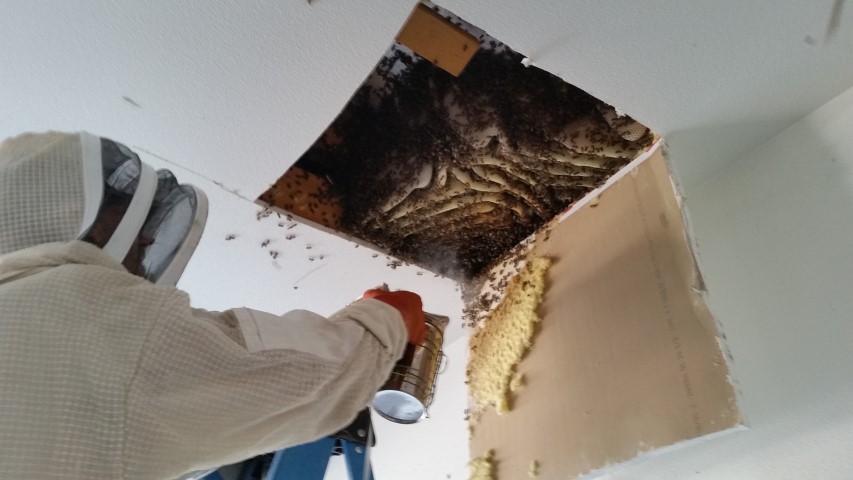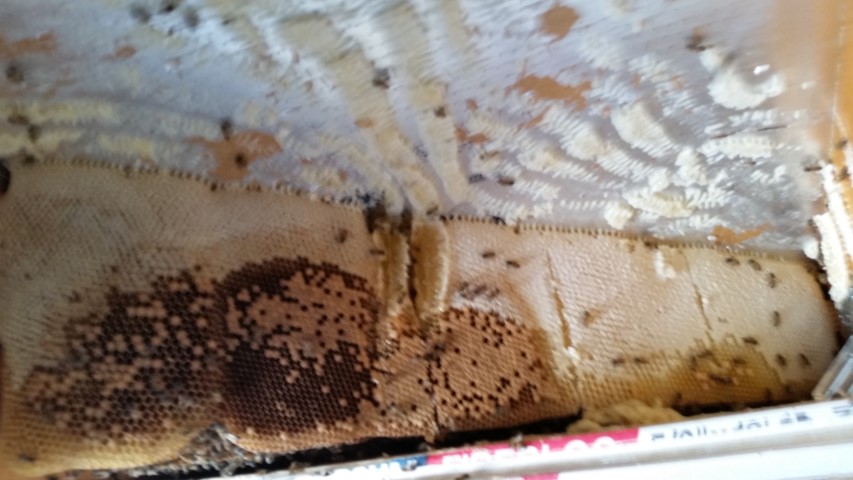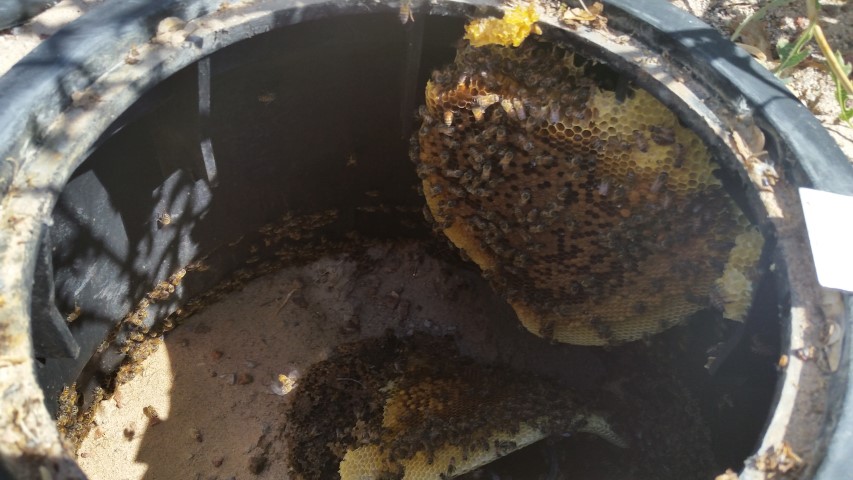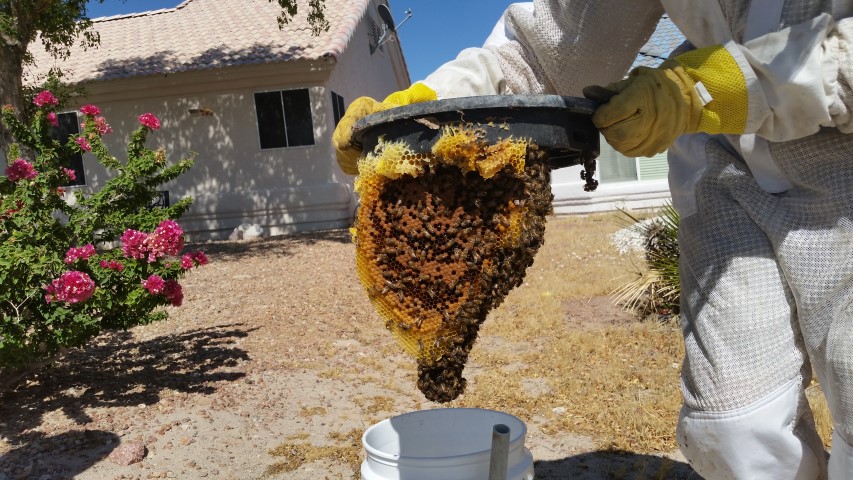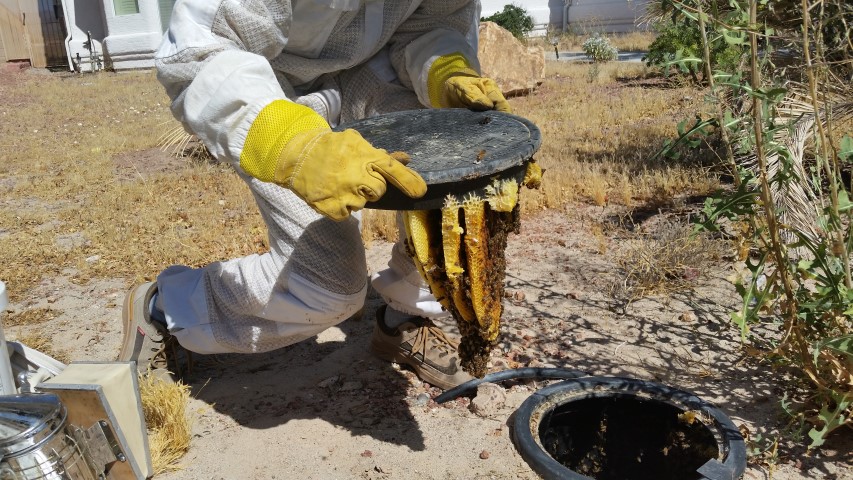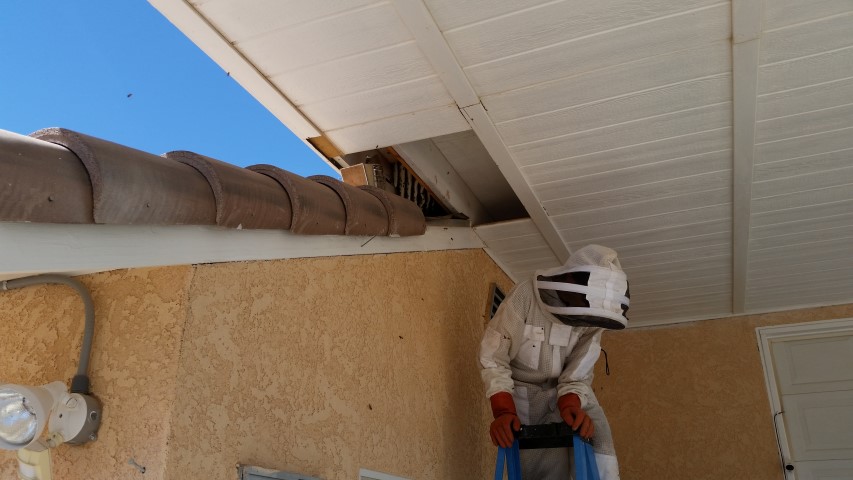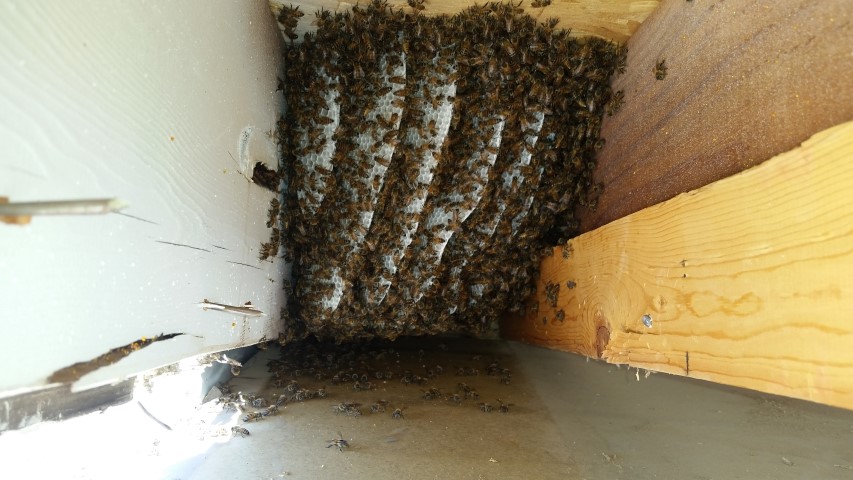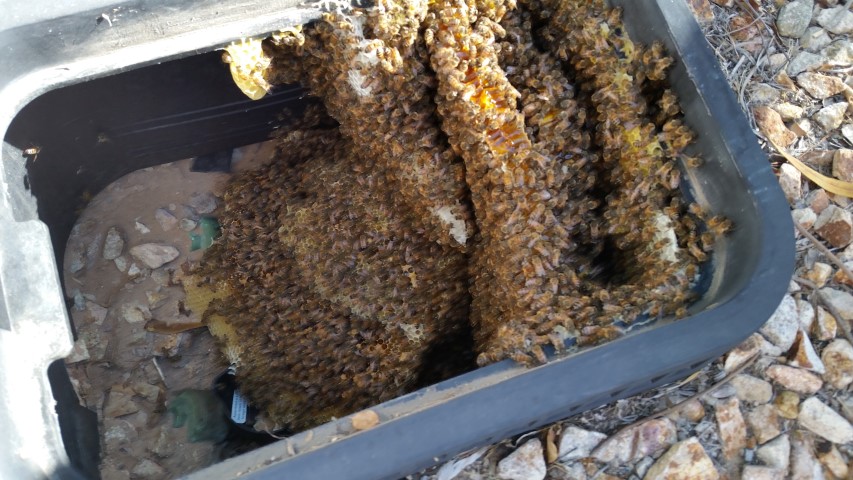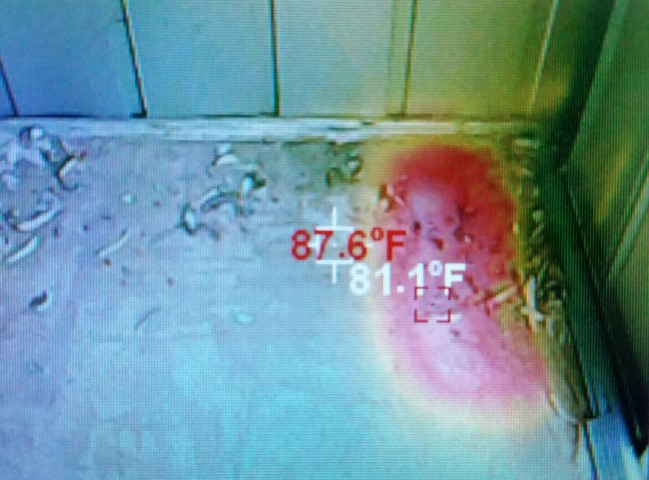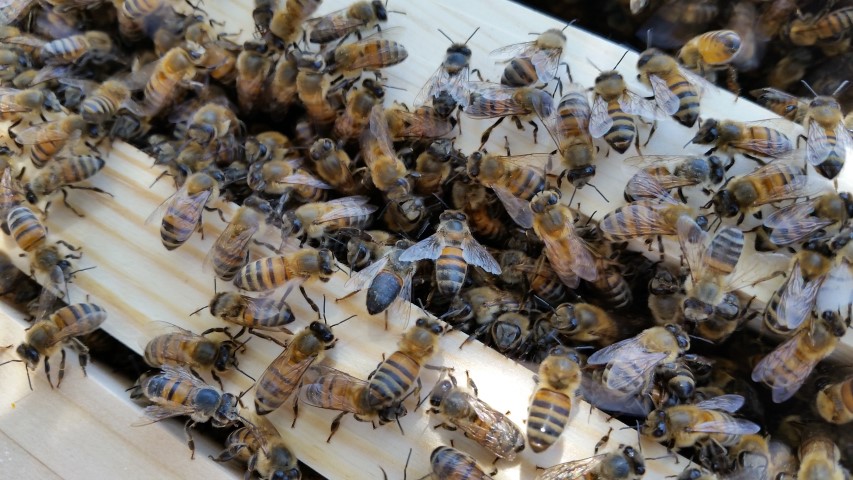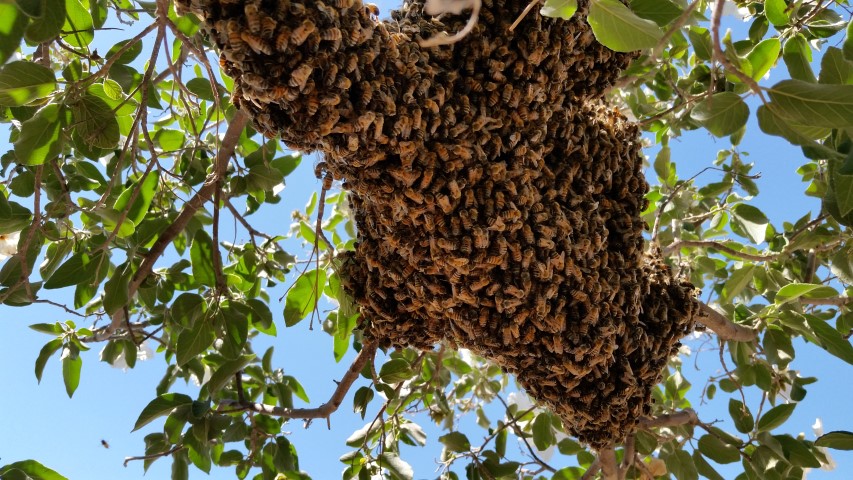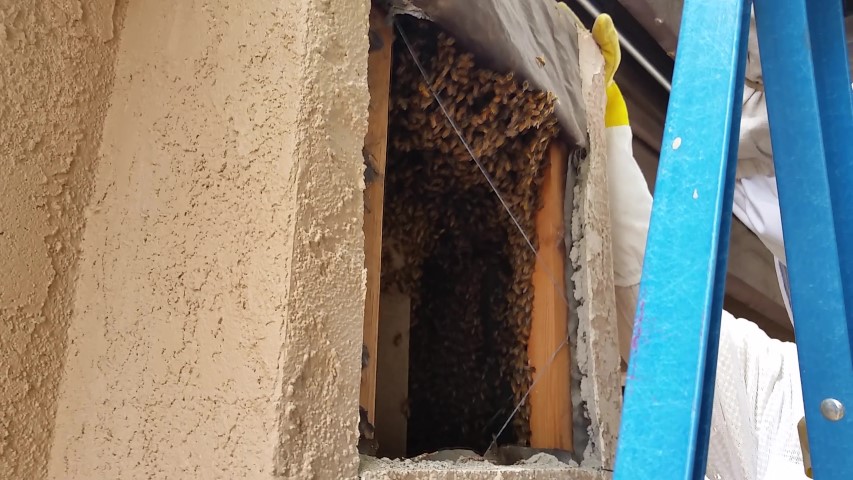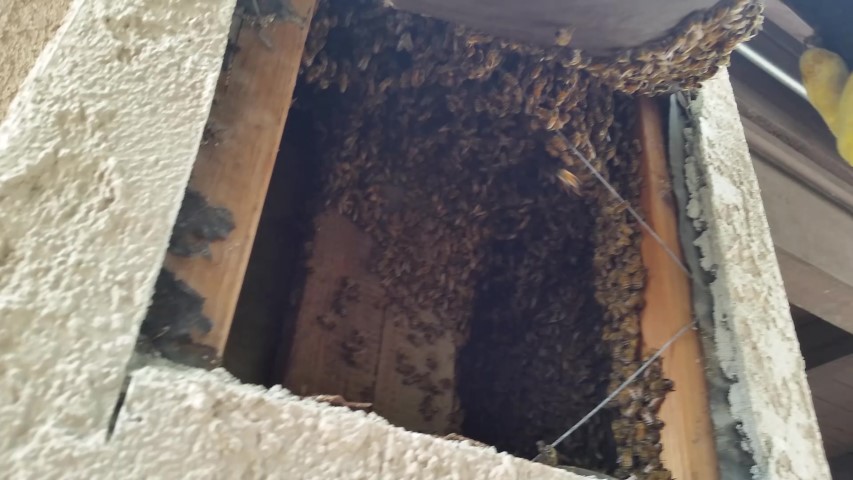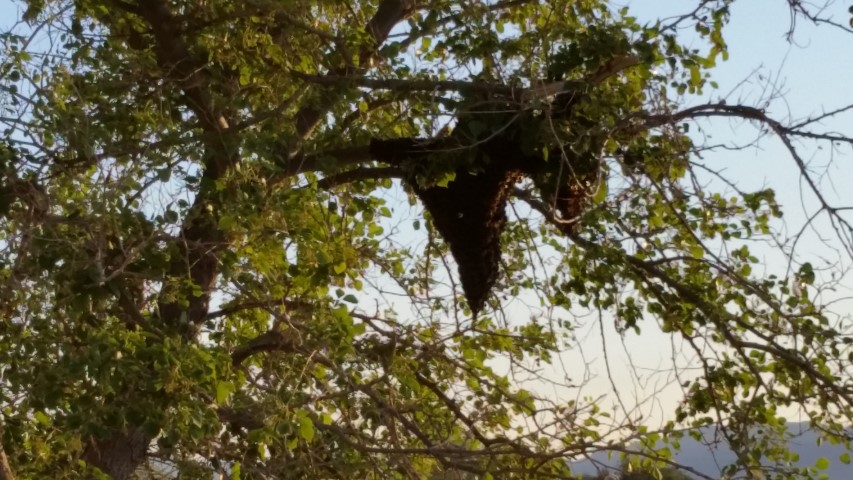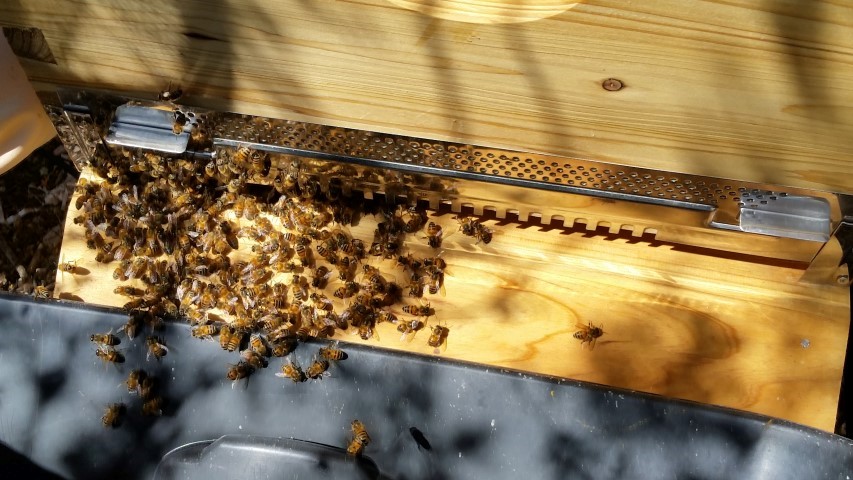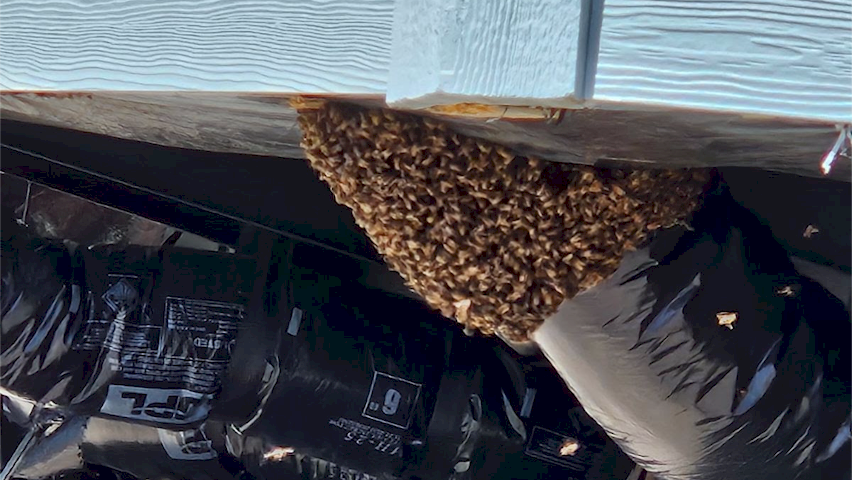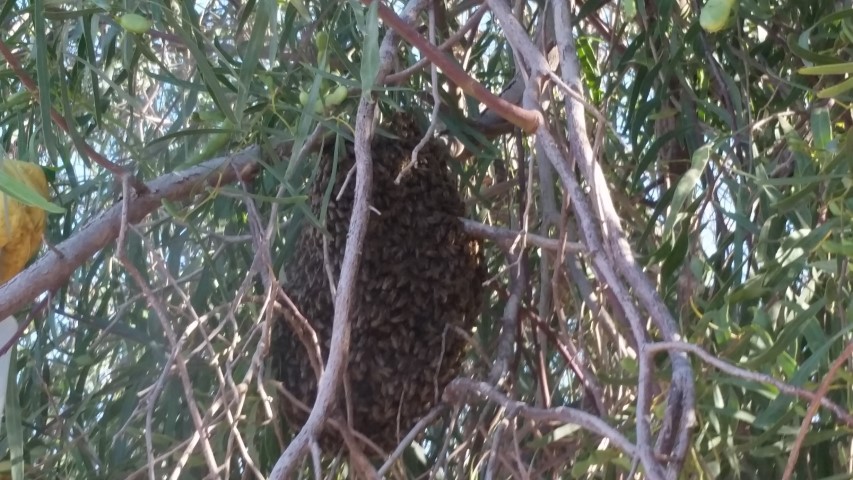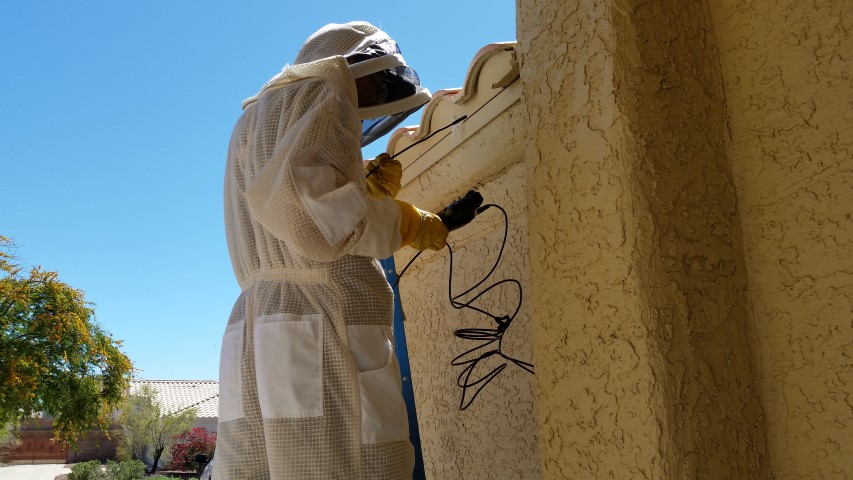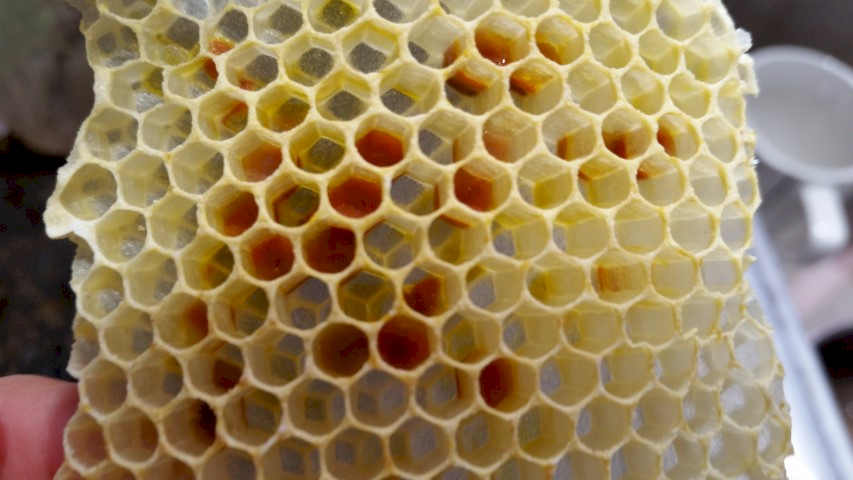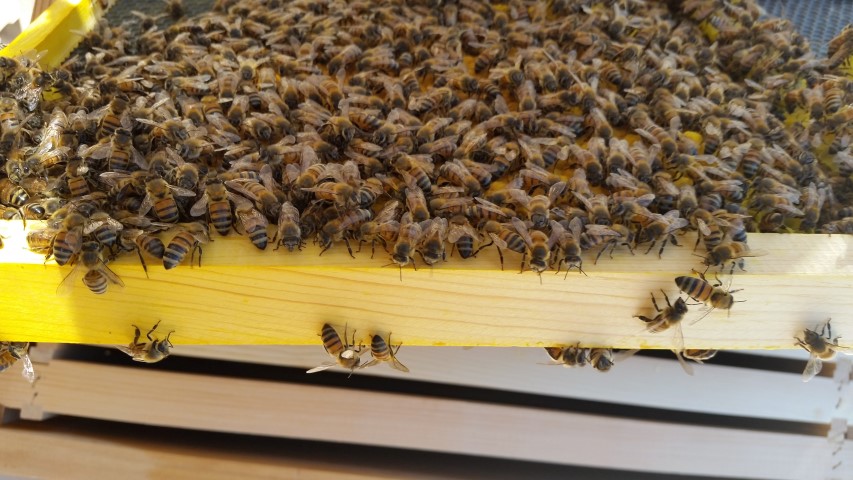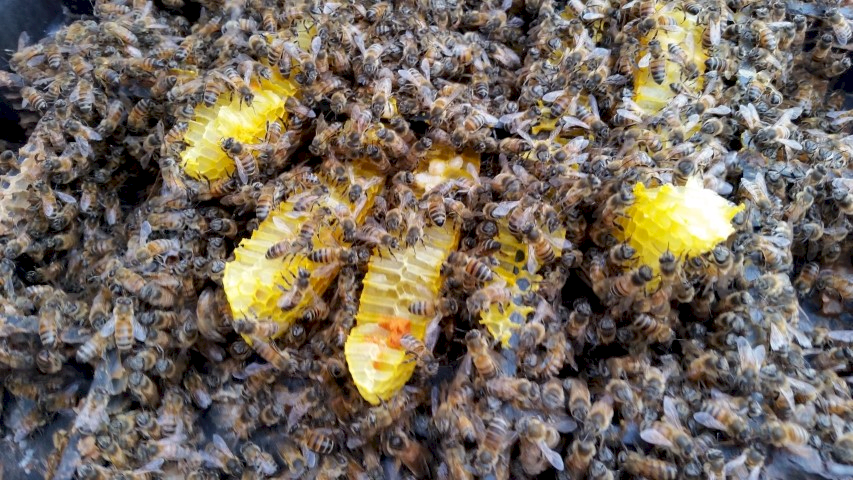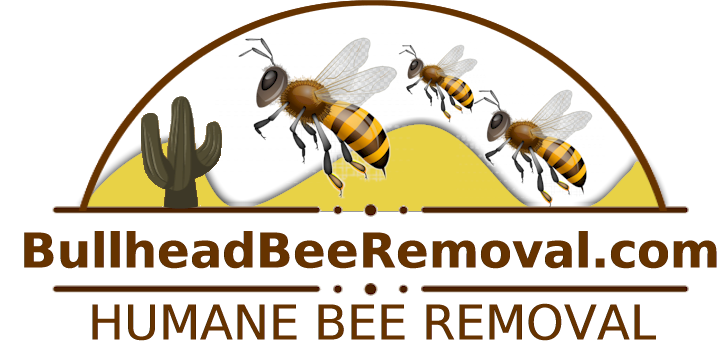Where do you service for bee removal?
🗺️ Currently we service Bullhead City, Fort Mohave, and Mohave Valley Arizona. We are a small family, and only have the resources to service our local area, but feel free to call if you have questions or are close by, on occasion we may be able to help.
On occasion we are able to service Golden Valley and even as far as the Lake Havasu area.
Can you remove bees from structures?
🏠 Yes. We not only remove bees from within structures, but in most cases we provide a comprehensive service which includes repairs and exclusion. Bees commonly colonize inside walls, eves and under roofs and floors. Bees can colonize any space and need less than a 1/4 inch opening to enter.
Structural removal requires a cut-out or opening of the structure to access the hive, removal of the bees, removal of as much comb as possible (an important step to avoid may other problems in the future), and cleaning and treating the area with a natural bee repellent. In most cases we provide repair of the area and finally we perform an exclusion of the original point or points of entry so you will not have problems in that same space again. Please call to discuss your situation or text pictures. Generally speaking we provide start to finish service and when we leave all repairs are complete.
As each and every situation and structural removal is different, we offer a reasonable cost inspection service to assess your situation personally. After inspection we can then provide you with details and a removal quote. The cost of the inspection is deducted from the removal. Please call or text for more information.
Is this a large commercial operation?
👨👩👦 No. Just a small family owned operation that is interested in helping others and solving your bee issues while practicing conservation and preservation whenever appropriate and possible.
Is there a charge for bee removal?
Yes. Bees are able to colonize within walls, under sheds, inside eaves, and many other places requiring a bit of effort for removal. Every situation is different, and any charges will be stated up-front.
Accessing the hive may pose certain challenges. We have the specialty equipment to handle the bees as well as general construction equipment and tools to handle access and repair. If your situation requires extra time and effort or poses extra challenges to access the bee colony we will explain and provide a removal quote. We aim to be upfront and honest about each situation and make every effort to ensure you understand work to be performed and are comfortable prior to any efforts on our part.
Once you contact us, we will ask questions to determine your situation. Depending on the circumstances, we may be able to provide a quote over the phone. In the case of structural removals we will require an on-site inspection in order to provide a removal quote.
Give us a call, and let's figure this out together!
What is involved in removing bees?
Again, every situation is a bit different but here is a general idea:
🍯 Many people think that the entire hive or colony can be removed as a single "hive". This is not the case. Bee hives are composed of many "sheets" of comb, much like pages of a book. Each piece of comb is attached to a solid object such as the plywood of your wall or roof, the flooring of a shed, etc. Each piece must be removed individually and depending on what that particular piece of comb contains it is treated differently.
🚚 First, we make every effort to get to you as soon as we can. This process is not always so time-sensitive and may be scheduled in advance, however we understand that even non-aggressive bees can pose a danger to people, children, pets, and live stock. In addition, the longer the issue persists, the larger the problem to deal with as honeybees can colonize an area and start building comb in just days. However an established hive that has been in place for months (or even years) may not require immediate attention.
🧰 Next, after speaking with you we will generally pack the truck up with everything we think we may need for the job. This includes protective gear such as suits, veil, gloves. Also equipment such as a smoker, and several other items including a ladder, tools, and other miscellaneous items. Then we drive to your location, which can range in time and distance. Once there we find a suitable place to set up and suit up for inspection. We gather our protective gear and inspection equipment depending on the situation.
The inspection can be as simple as 'looking over' the area in the case of a simple swarm on a branch, or as complicated as using ladders, step stools, drills, saws, or other tools and inspection cameras to get a proper understanding of the hive location and size. Even with our best efforts sometimes it can be challenging to fully assess the scope of a hive and extent of it's size.
Removal: Once we agree on the services to be rendered which may range from a simple clipping of a branch to remove a recent swarm to removing an established hive from a location that requires much more effort to access, then we get to work. Even without established comb, swarms that have a larger size or are located on a building, or in the crook of several branches on a tree can take 2 or more hours to remove. More challenging removals generally take 3-6 hours and depending on the location and size of the hive even longer. At times work may be completed the next day or a future day. During removal of a hive with comb, we generally need to cut out or disassemble the area they have colonized in order to remove all comb (an important step). As we remove them we take care to identify comb with nectar and honey stores (the bees food storage), and brood (eggs, larvae, and baby bees). After work is completed, we then generally repair and seal the area. We also exclude the original entry point or points. Every situation is different.
At that point, involvement on your end is done and you can relax knowing that the bees will be removed from your property and you have the safety of knowing they won't pose a problem for you. You can also know there is a big benefit to having the bees and comb removed to prevent damage to your property.
For us, the work has only partly started.
We always have more work to do off-site for removal including transport, cleaning of equipment, protective gear, tools and more.
Have more questions? Give a call, we're happy to help.
What about just spraying the bees with pesticide?
⚠️ We don't recommend it.
I bet you saw that answer coming, but you may not understand the full reason WHY. Let me explain:
First, there are times when euthanization of a hive is appropriate or necessary. This may be determined by factors such as the temperament of the bees, the location of the hive in proximity to surrounding population density or proximity to domestic animals, and other factors.
We do live in a state with the "Africanized Honey Bee" gene, so it is a consideration.
That being said it is not the majority of what we experience. When extermination is appropriate, we can often accomplish it by non-chemical means.
Understand - trying to exterminate a hive yourself can have added risks and may put yourself in danger.
Second, casually and arbitrarily spreading more poisons on our planet and local environment has consequences beyond what we currently know, and in our opinion and should be avoided when possible, particularly when it doesn't even provide the desired outcome anyway. (See the next point)
Third, this option comes with danger and is often UNLIKELY TO WORK. We are often called in after multiple attempts to eliminate a hive, and all that is accomplished is the homeowner or commercial pest control has killed some of the exterior bees, possibly some of the hive bees, and the colony is recovering (again). These attempts change the temperament of the hive to be more aggressive which makes our work more difficult. It also contaminates equipment and footwear.
Please understand, Our experience is that even commercial exterminators are often not successful. Of course, we only get calls when that is the case but understand bees have exoskeletons, and live in colonies of thousands (often tens of thousands) moving in between multiple layers of wax comb and protected by the comb, the structure, and each other. The queen can lay over 1000 eggs a day, and those eggs hatch on an 18 to 24 day cycle. Generally, this means eggs can be hatching every single day. Kill 5000 bees, and in 5 days the colony has recovered from that. The only thing that spraying pesticide like this from the outside does is kill some of the exterior bees, and change the disposition of the hive to be more aggressive. Physical removal of the comb is the only real solution, even when extermination is needed, and can become more difficult when the bees are previously threatened. Pesticides also contaminate footwear and equipment.
This reminds me of a recent removal where the property owner had a well known extermination company back on several occasions over several months time. This experience taught me that the extermination companies do NOT necessarily understand bees, and they talk a talk on a subject that they are not fully versed in. (supressing rant mode....) They used a fog that was supposed to be a one-and-done application. Well that didn't work, so they came back and injected some sort of poison foam to fill the wall space. I'm not sure what attempts were made after that but.... When I arrived I was asked to remove the comb from the wall, and perform a proper exclusion and repair so that the property owner would not have a problem with cockroaches, ants, crickets, etc and prevent new bees taking up the space. With the situation I was execting to find a dead hive. Nope. The hive was recovering again, hatching a bunch of new babies, and they were NOT happy bees. Exterminators may not understand bee biology or what steps are necessary, may not be prepared to access and remove the bees or comb, or provide the necessary repairs following this. They are not equipped to handle it. Our experience dictates it's really that simple.
Back to the list:
Fourth - leaving comb behind in a wall, under a floor, or in a ceiling etc is generally not a good idea. It may be ok under certain circumstances but those circumstances need to be identified. You see, comb contains nectar and honey which can melt at the next summer heat wave and cause all sorts of damage to personal property and structures. Honey dripping down drywall from the back side can create a lot of damage in homes, particularly around window casings. In addition to that, the bee eggs, larvae, and pupae that are in the comb are food for and entice cockroaches, ants, crickets, and mice to the area en masse. This in turn can create it's own problems and possibility for property damage. Not good.
Lastly - and what really is the bottom line... Physical removal of the colony and comb is the only REAL solution to a problem like this. I say that often, because it is true. There are times when extermination is appropriate or necessary and can be effective when done correctly. It is not uncommon for homeowners to have bee infestations year after year when all steps aren't completed. If you really want to solve your bee problem then physical removal is the only real solution followed by repair and proper exclusion to prevent bees from colonizing the same space in the future.
I've said my peace, but remember I'm a local resident just like you. I just happen to have experience with bees and bee problems, and that experience grows every day as I'm always seeing new situations. Please feel free to call and ask questions about your particular situation if you're curious. I would be happy to speak or text.
I have bees I need removed - How do I get started?
📞 📱 Give us a call, or text. It's that simple.
❓ We will ask questions to get an idea of your situation and determine how to move forward. Depending on your situation we may need to perform an inspection at your location prior to providing a quote. We ask a very nominal fee for our inspection service, which is credited to (deducted from) the removal quote if you have us perform the work. Our inspection identifies several important pieces of information, and allows us to provide a firm quote on the removal for your approval prior to any work being performed.
Please feel free to call or text with any questions. Thank you!
How do I prepare for a removal?
🚧 Please clear the work area as much as possible while maintaining safety.
🐕 Plan to keep people, pets, and children inside on the day of the work.
🧑🤝🧑 Please notify any close neighbors or workers that may be in the immediate area to avoid the area on the day of the removal.
📒 Note: You do not need to be present on the property. We work with many out-of-state property owners and will update you after work is completed through our website and with pictures.
🏃♂️ What should I do if bees attack me?
In a word - RUN! 🏃♂️
Get inside - whether a house or a car. Bees attack because they are defending their hive, so leave that area immediately and seek shelter. It is much better to get inside with bees on you than to stay outside where there are thousands more! When bees sting they release a scent that can trigger other bees to sting the same target, so it's important to seek shelter immediately.
For most people a sting or two will result in nothing more than some discomfort and itching. If you feel short of breath or have received more than a few stings, consider seeking medical attention.
If you have received multiple stings all at once without provocation, then you may have stumbled upon an aggressive hive, often referred to as 'Africanized' bees. This type of hive should be considered dangerous and it's location should be identified and dealt with.
🐝 Bee Sting? Stay Calm!
Please keep in mind that receiving a bee sting is different than being attacked. Any bee, even when not threatened, being aggressive, or attacking will sting if squished accidentally or pressed upon. Here's some advice:
1️⃣ Remove the stinger quickly — scrape, don’t squeeze!
2️⃣ Wash with soap & water.
3️⃣ Cool it 🧊 — apply ice for swelling.
4️⃣ Soothe — use baking soda paste or hydrocortisone cream.
5️⃣ Breathe easy! 🚨 If you feel dizzy, swollen, or short of breath, call 911
For most people, even several stings will result only in temporary pain and swelling and/or itching.
